St. Petersburg is a city in Pinellas County, Florida. It is known as the Sunshine City, with an average of 361 sunny days per year. It was founded in 1888 by John C. Williams, who purchased the land, and by Peter Demens, who brought the railroad industry into the area. St. Petersburg had a population of 244,769, making it the fourth largest city in Florida. St. Pete boasts the third-largest waterfront public park system in the United States. The center of St. Petersburg\’s tourist life is The Pier, five stories of shopping, restaurants, galleries, live musical entertainment, an aquarium, an art gallery, and a Children\’s Hands on Museum, right on the waterfront in downtown St. Petersburg. The observation platform at the end of The Pier, which juts 2,400 feet into Tampa Bay, provides a panoramic view of the city.

The Sundial in St. Petersburg Florida
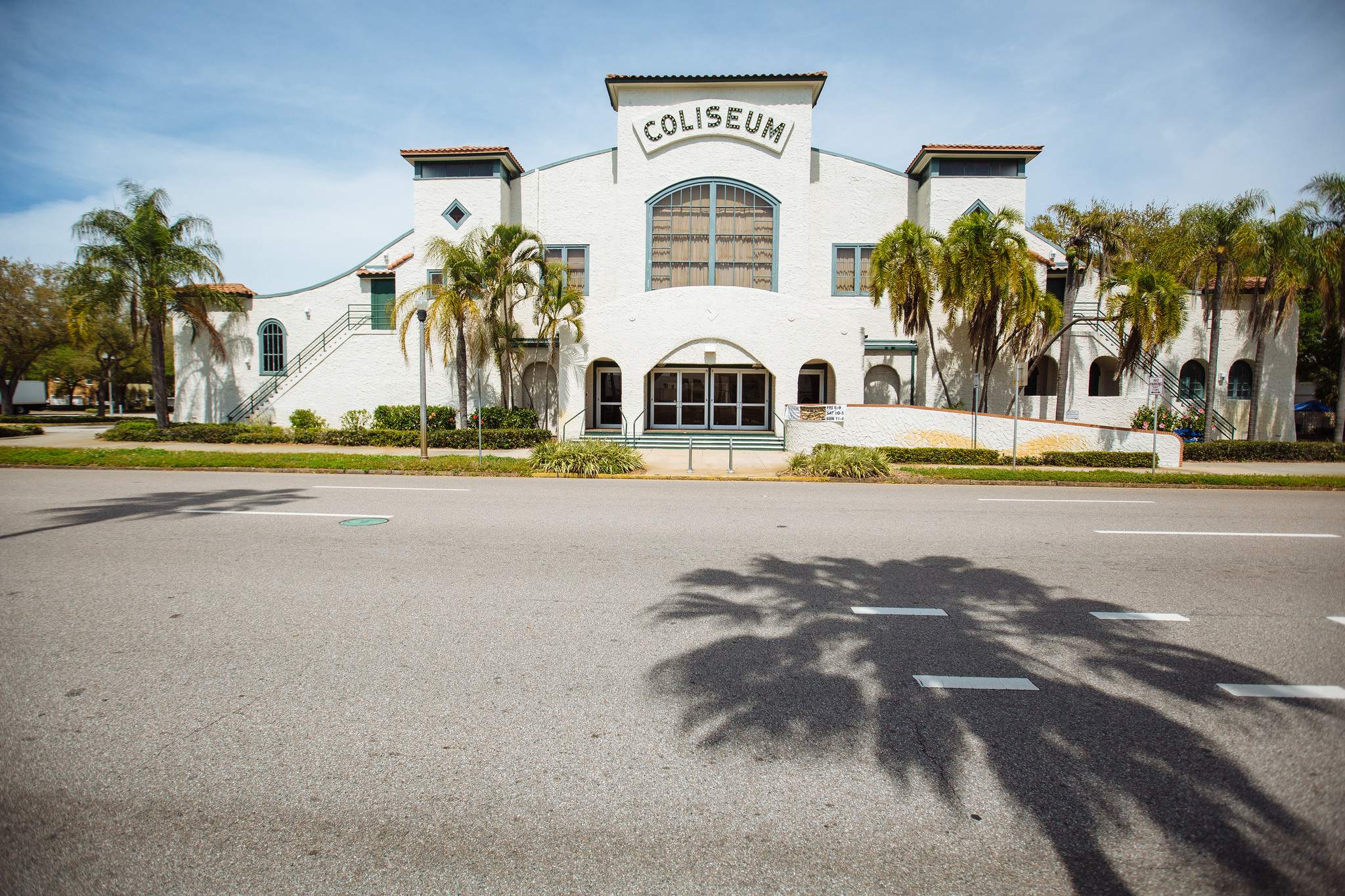
St. Petersburg Coliseum
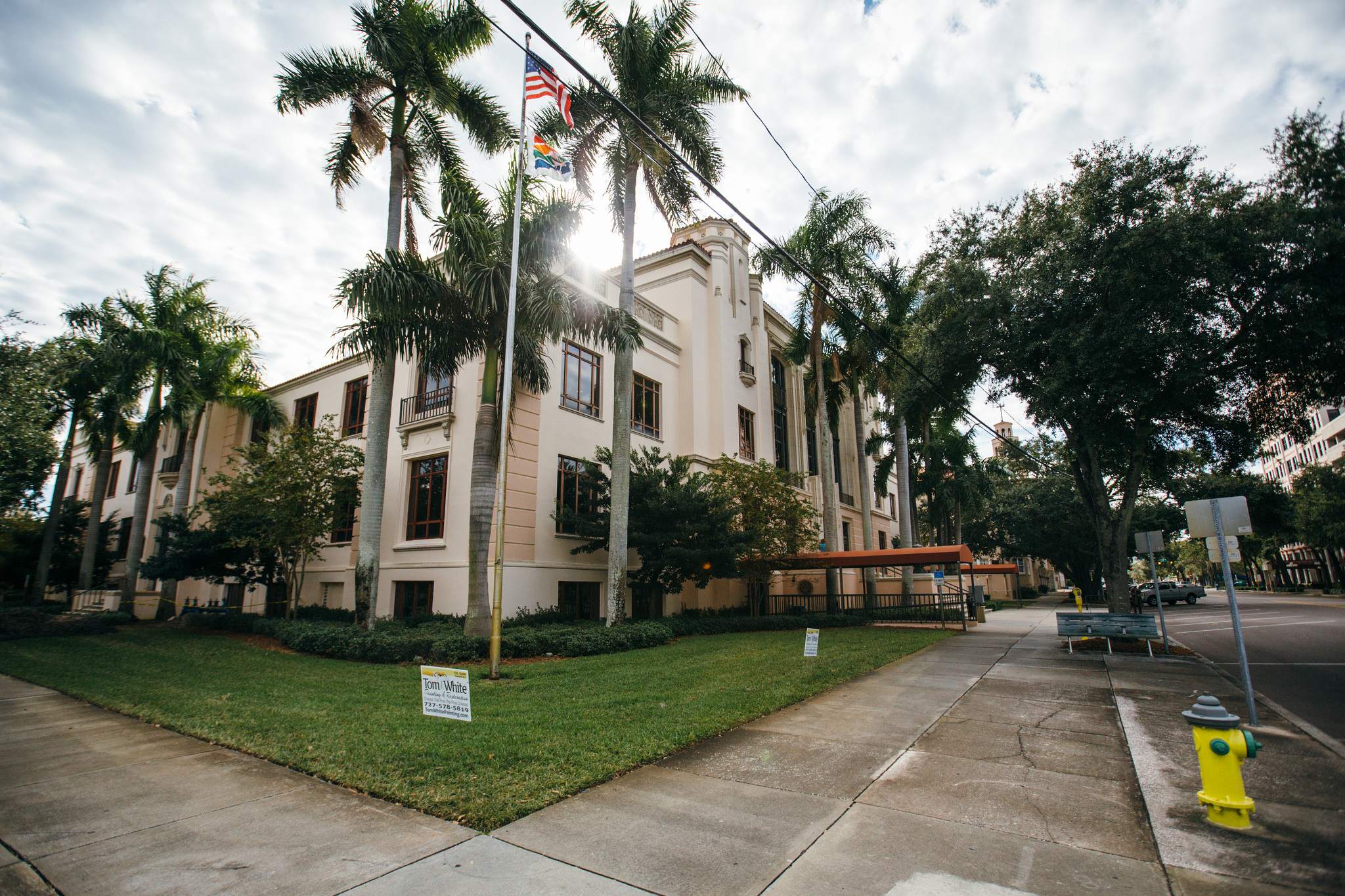
St. Petersburg City Hall
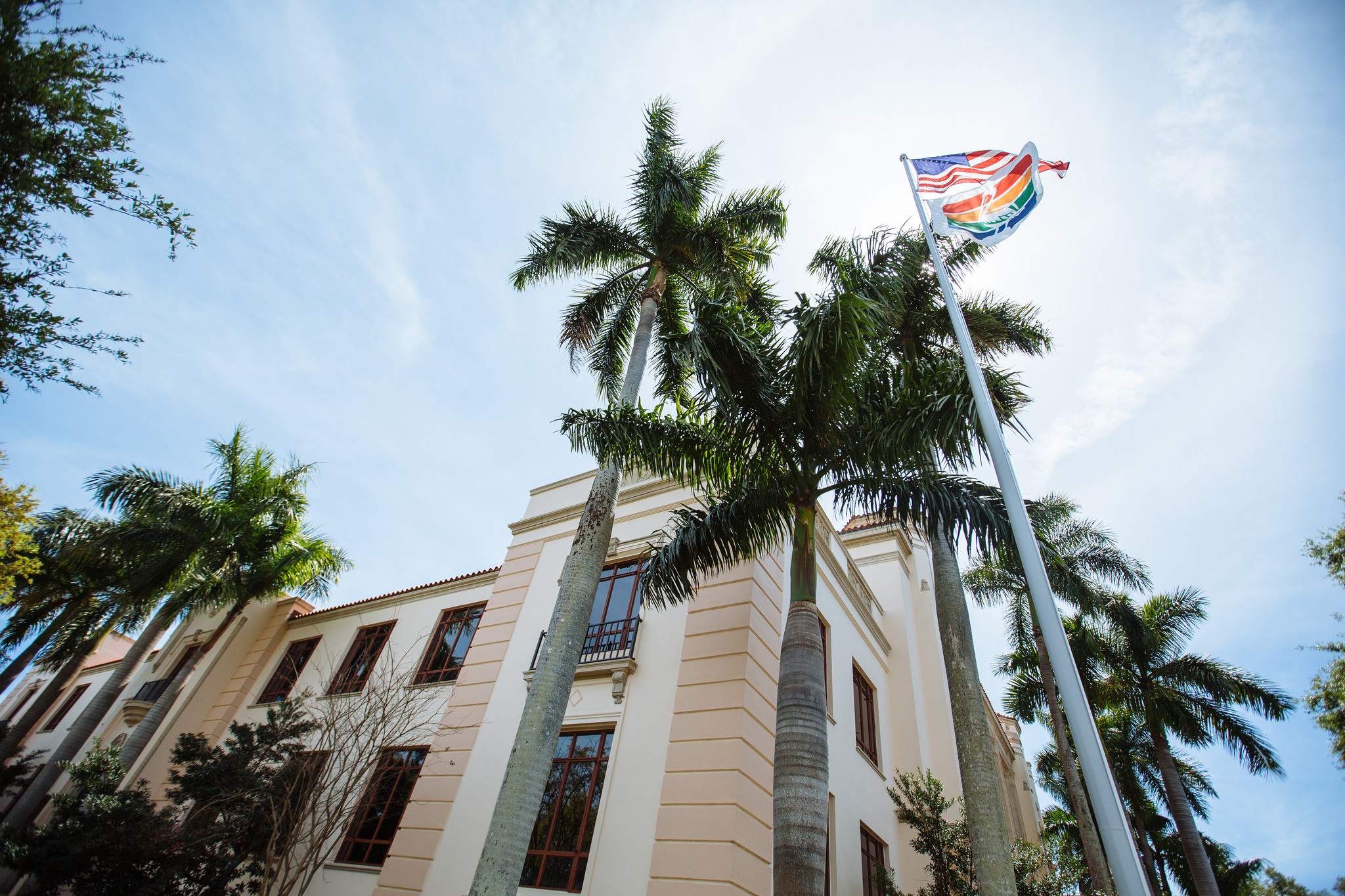
St. Petersburg City Hall
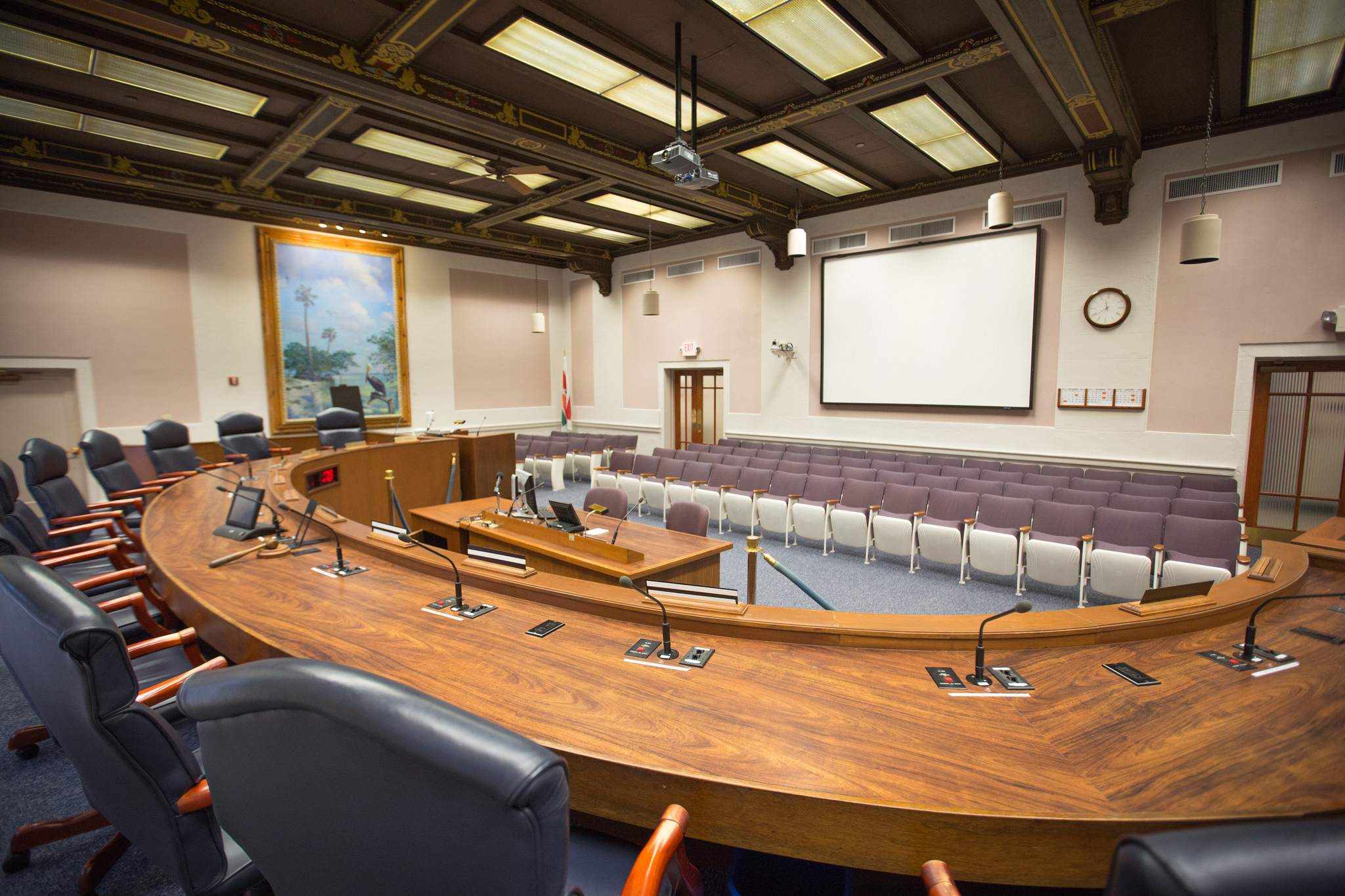
St. Petersburg City Hall
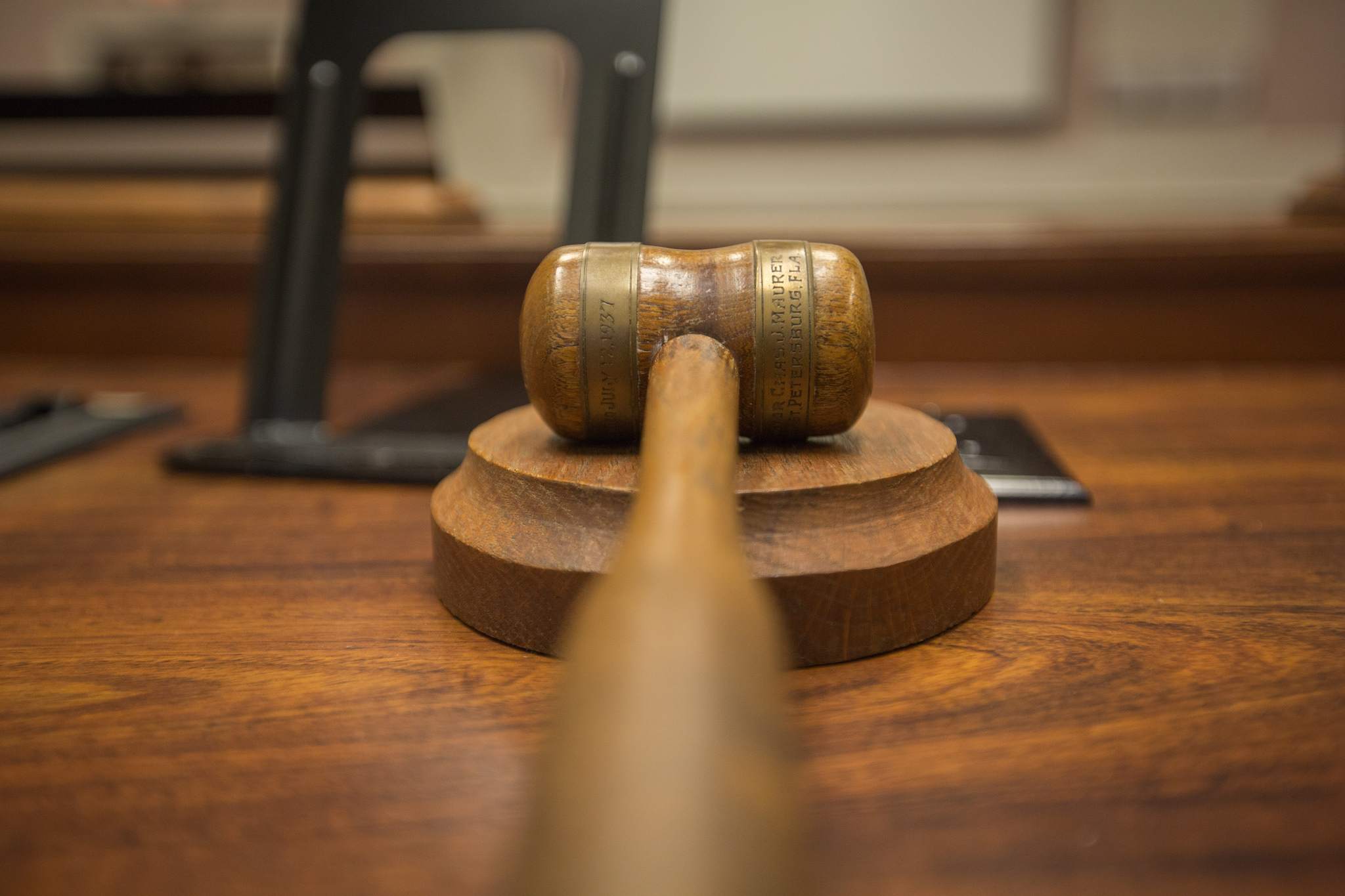
St. Petersburg City Hall
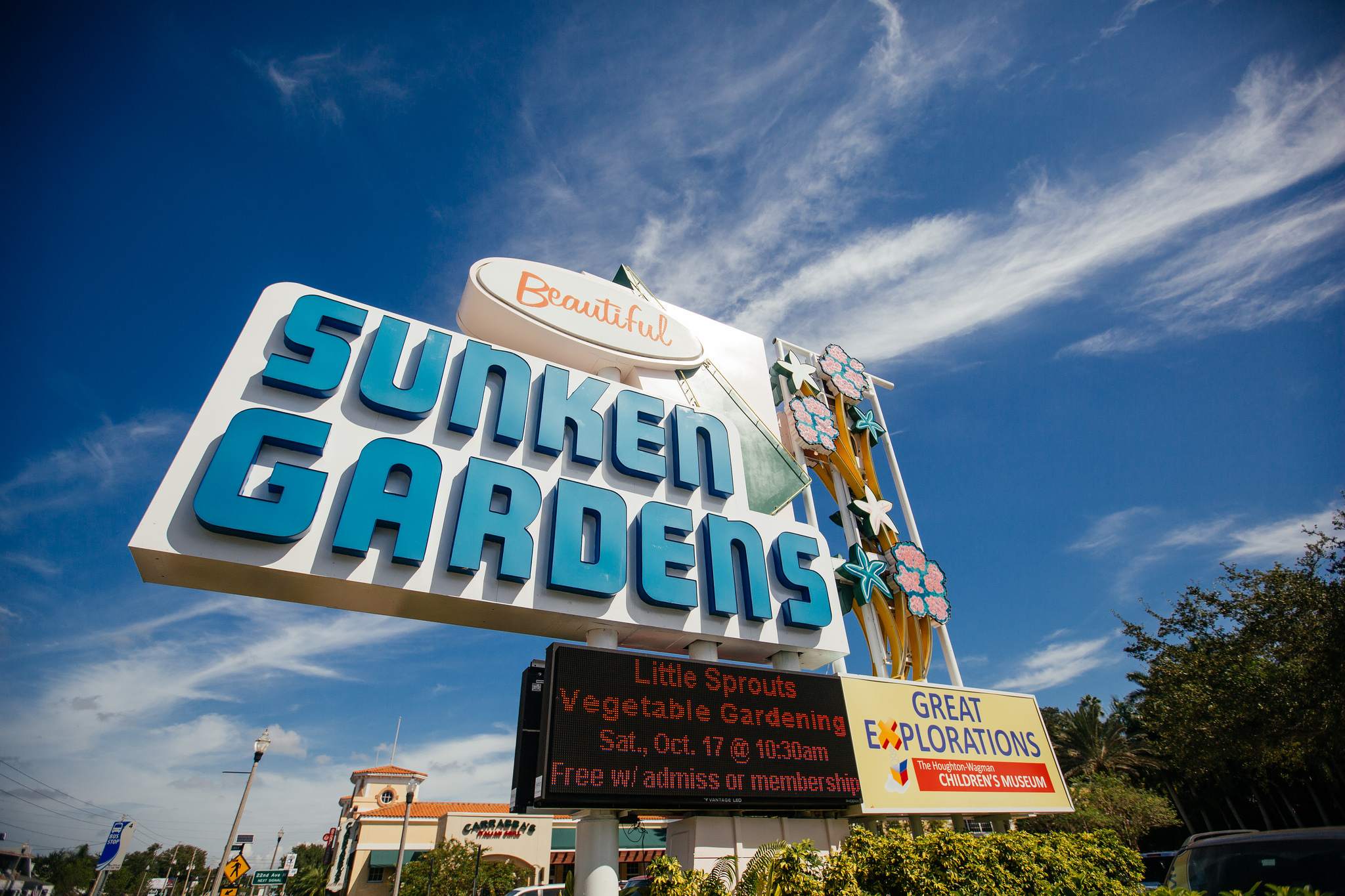
Sunken Gardens
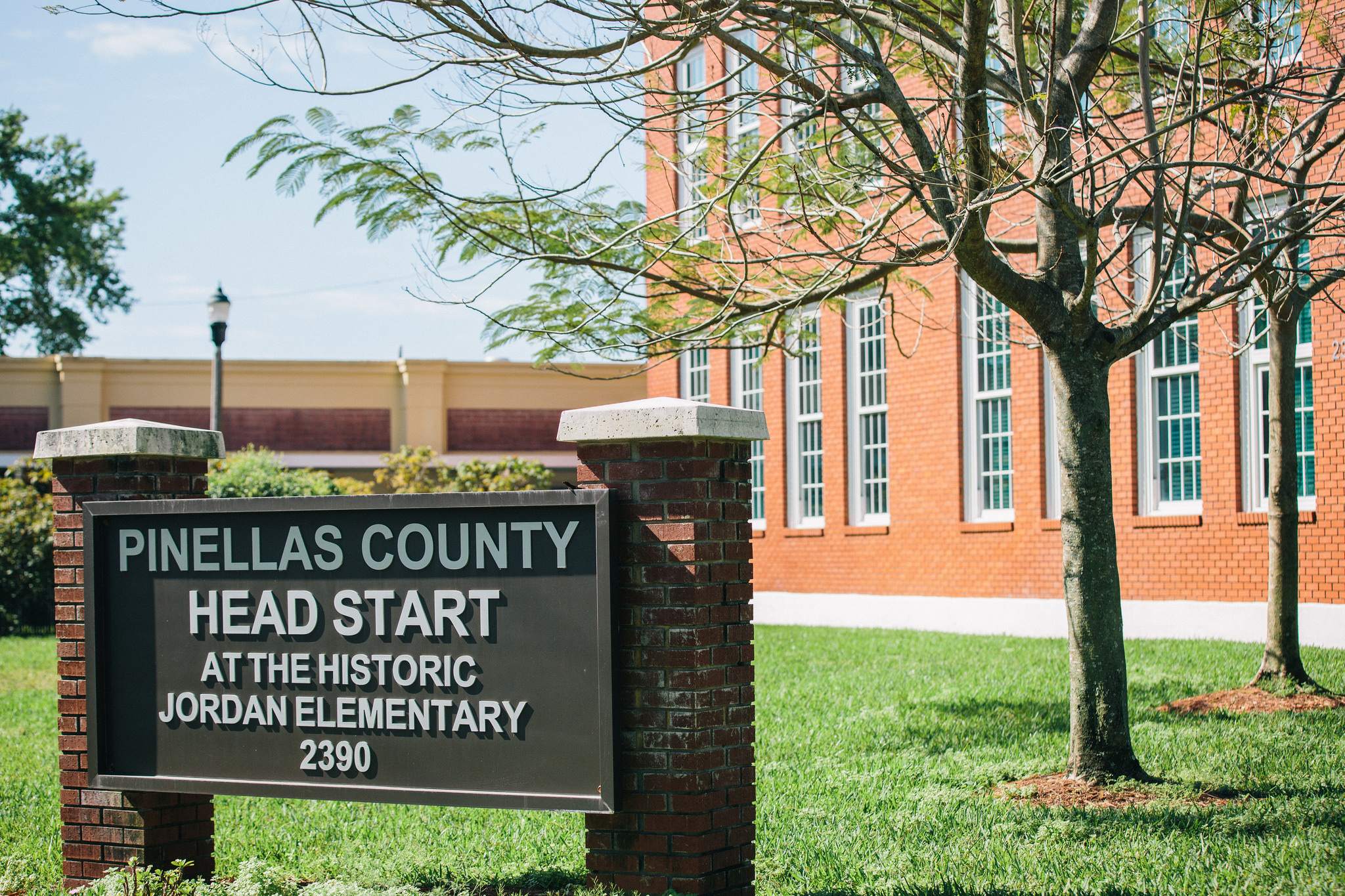
Jordan Elementary
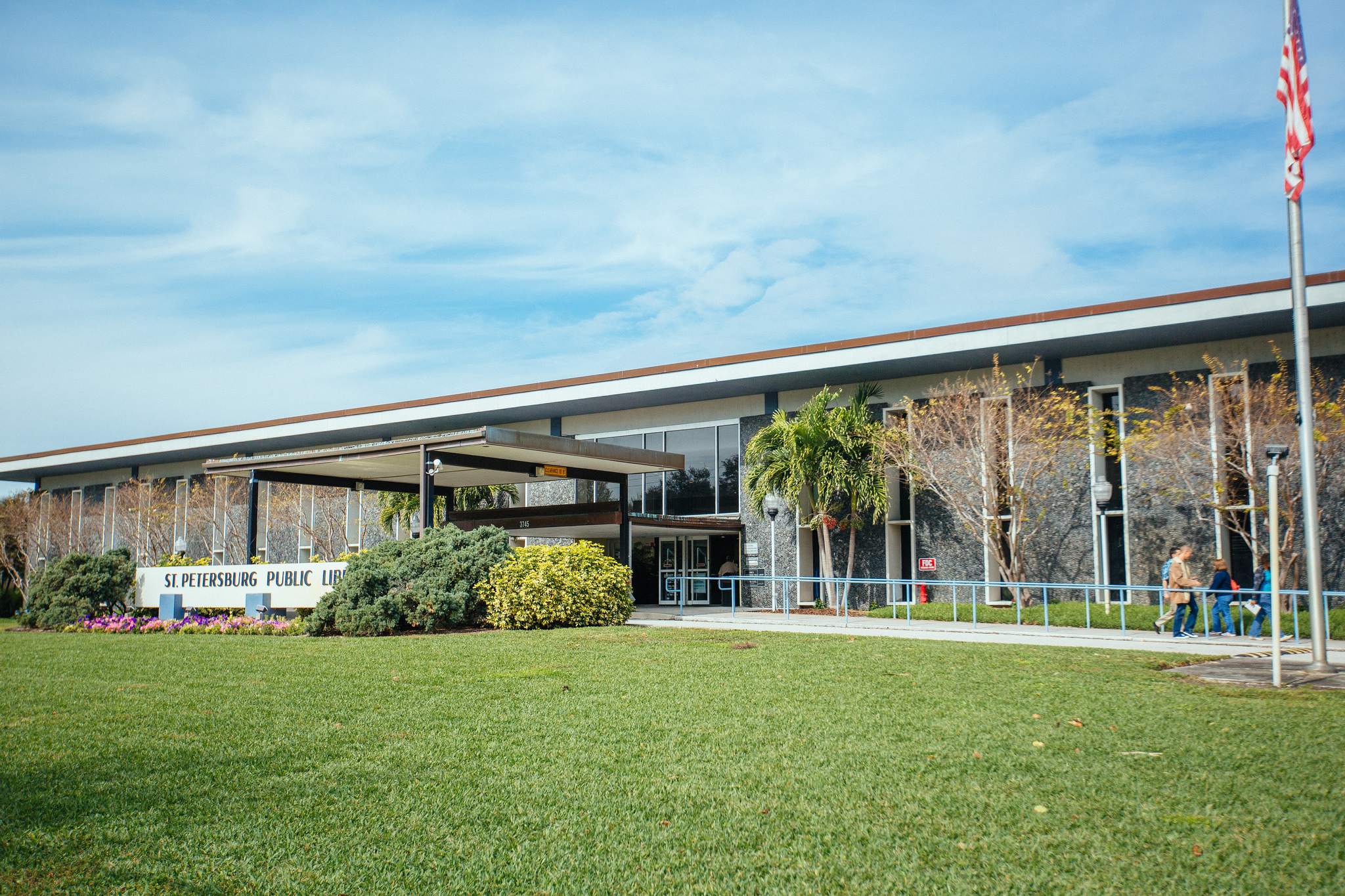
Main Branch Library

The Dali Museum
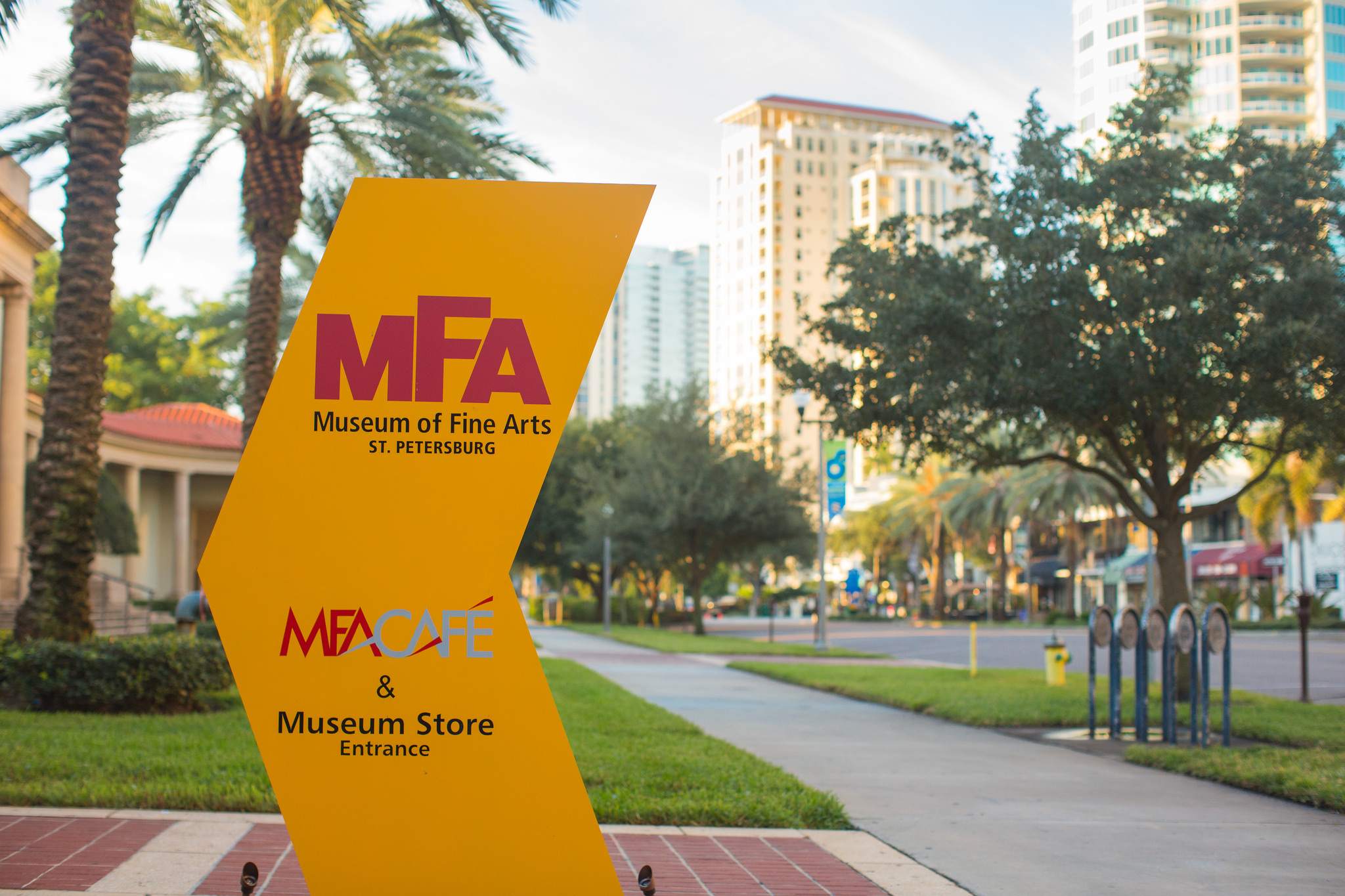
St. Petersburg Museum Of Fine Arts

St. Petersburg Museum Of Fine Arts
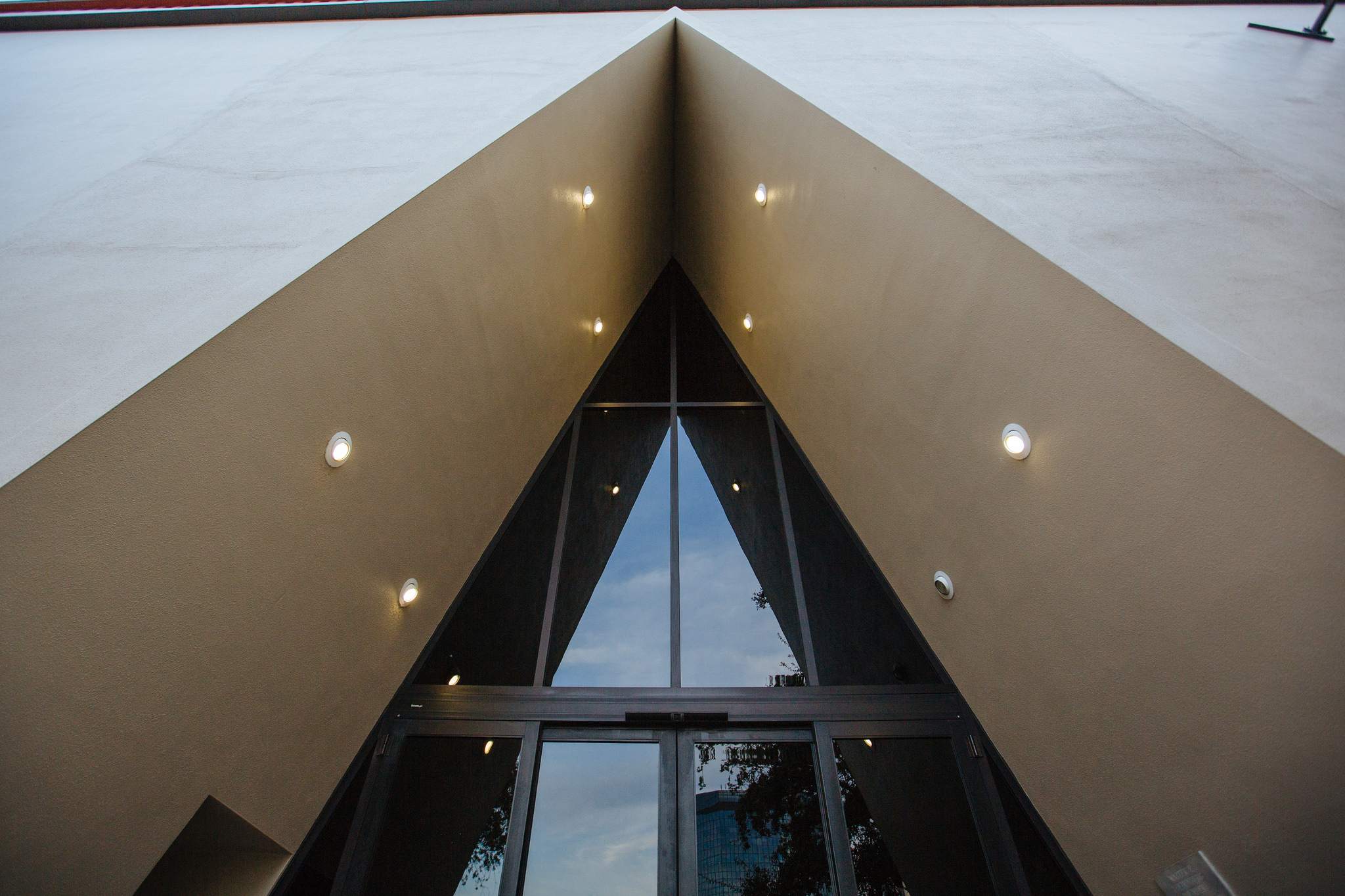
Florida Holocaust Museum
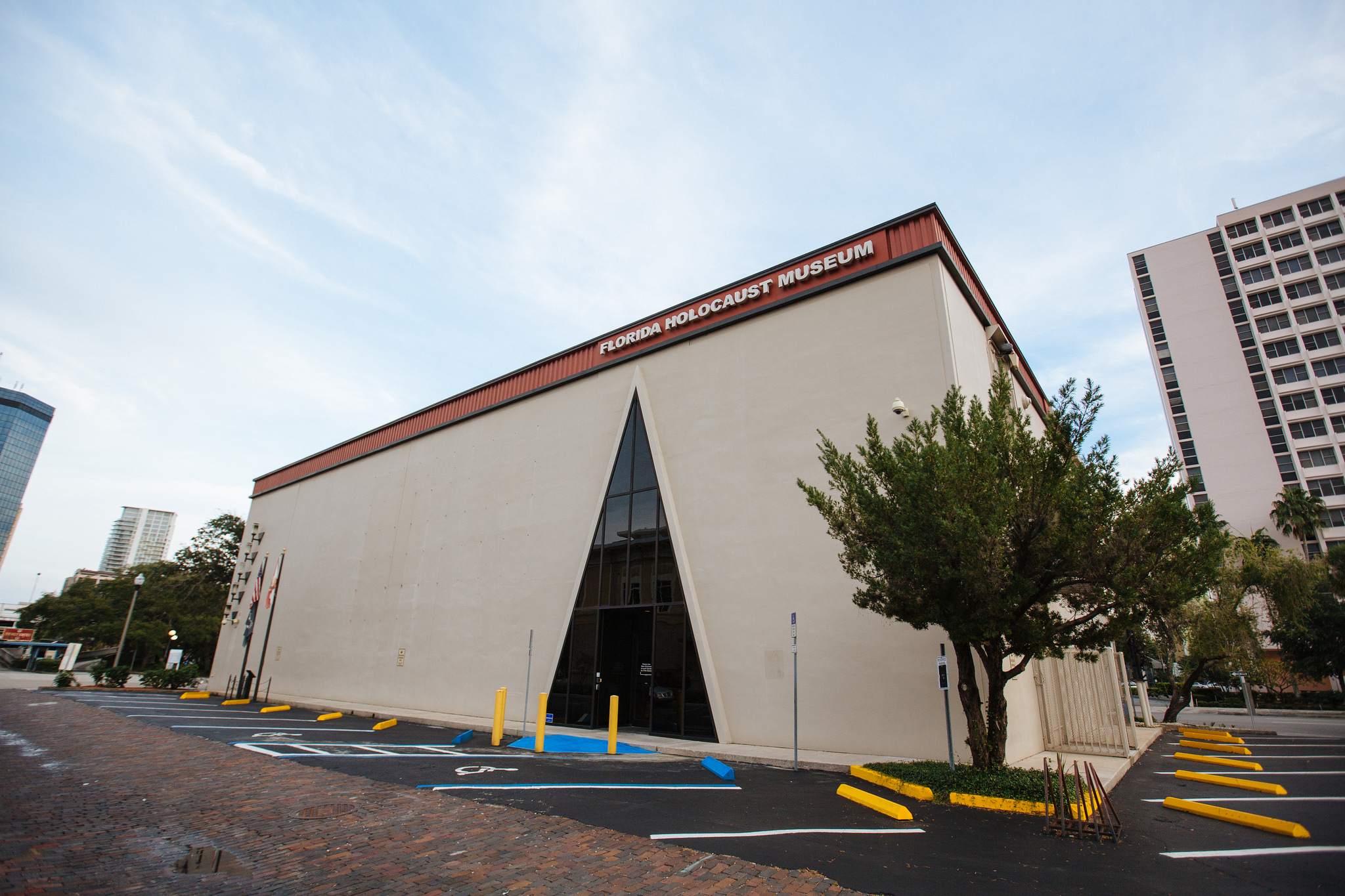
Florida Holocaust Museum
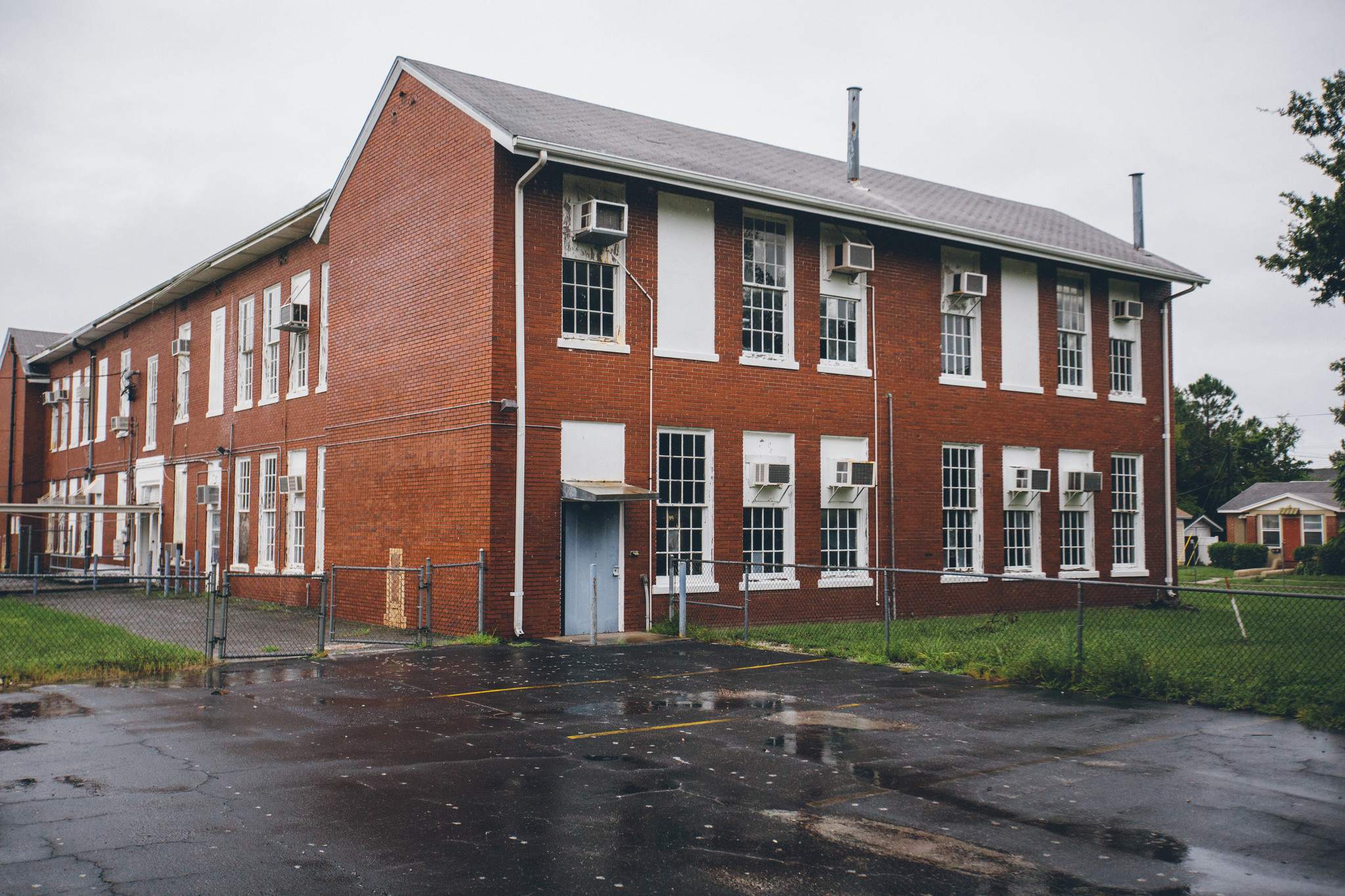
Euclid School
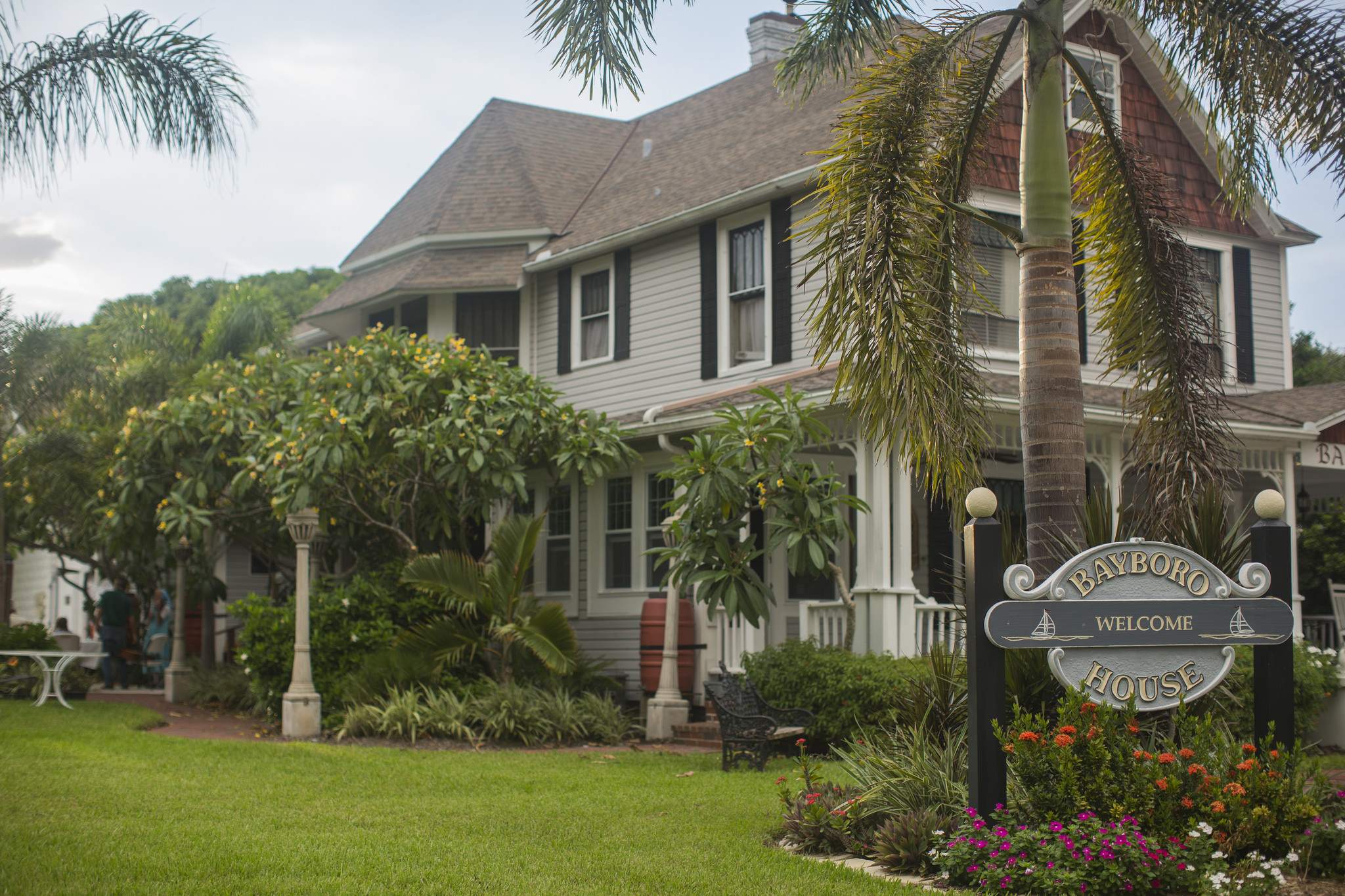
Bayboro House
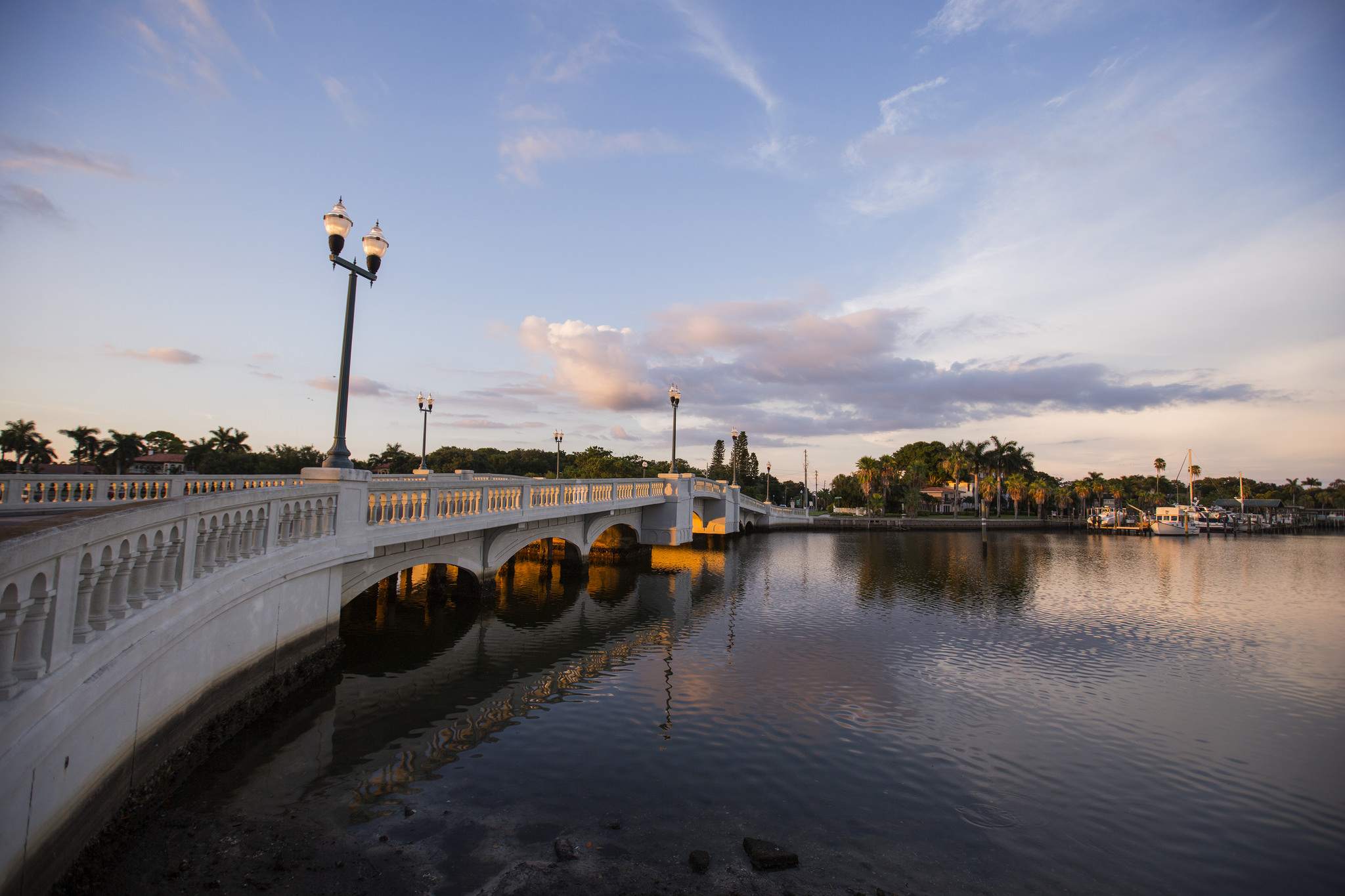
Snell Isle Bridge

Snell Isle Bridge
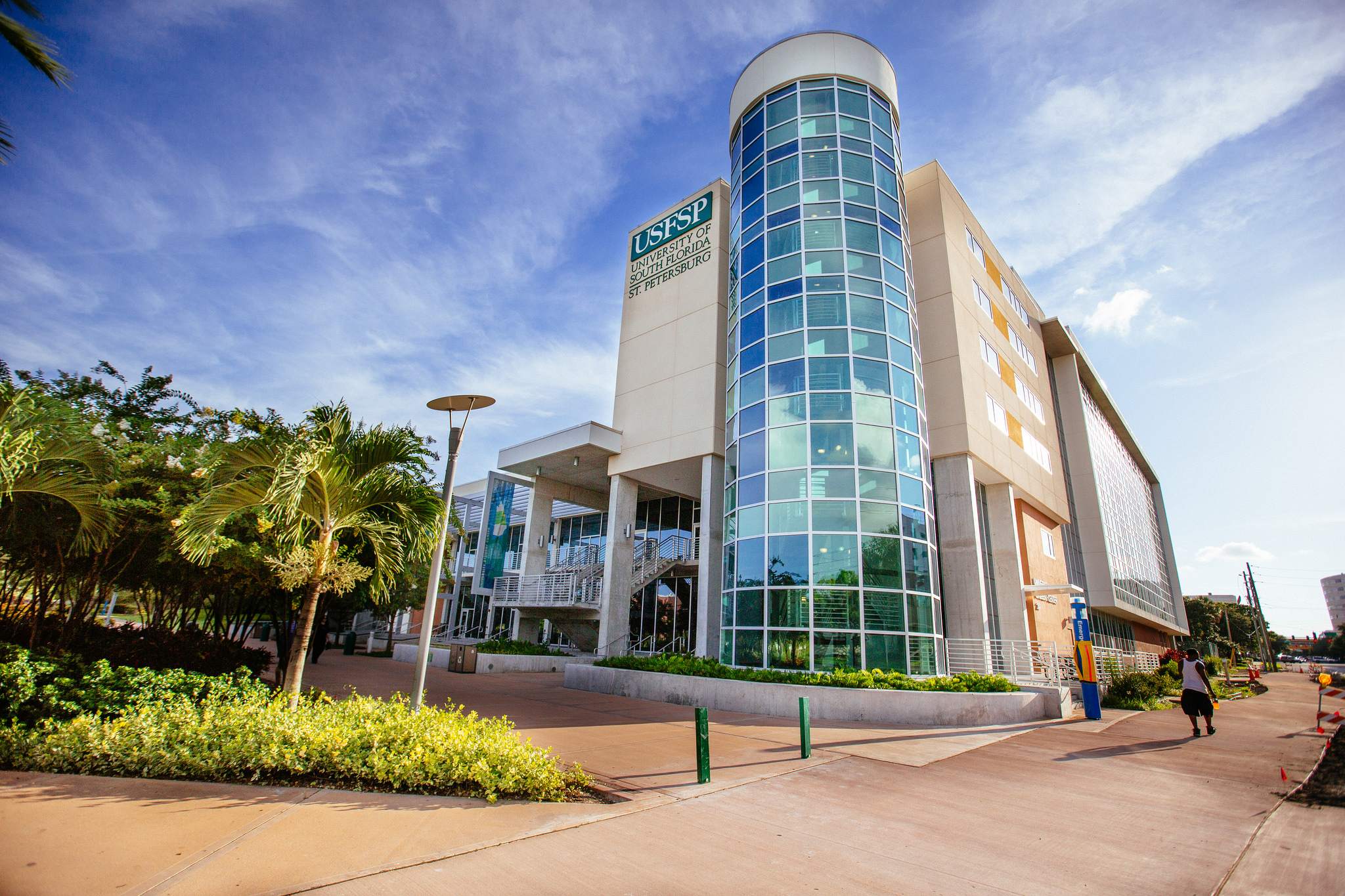
USF St. Petersburg Campus
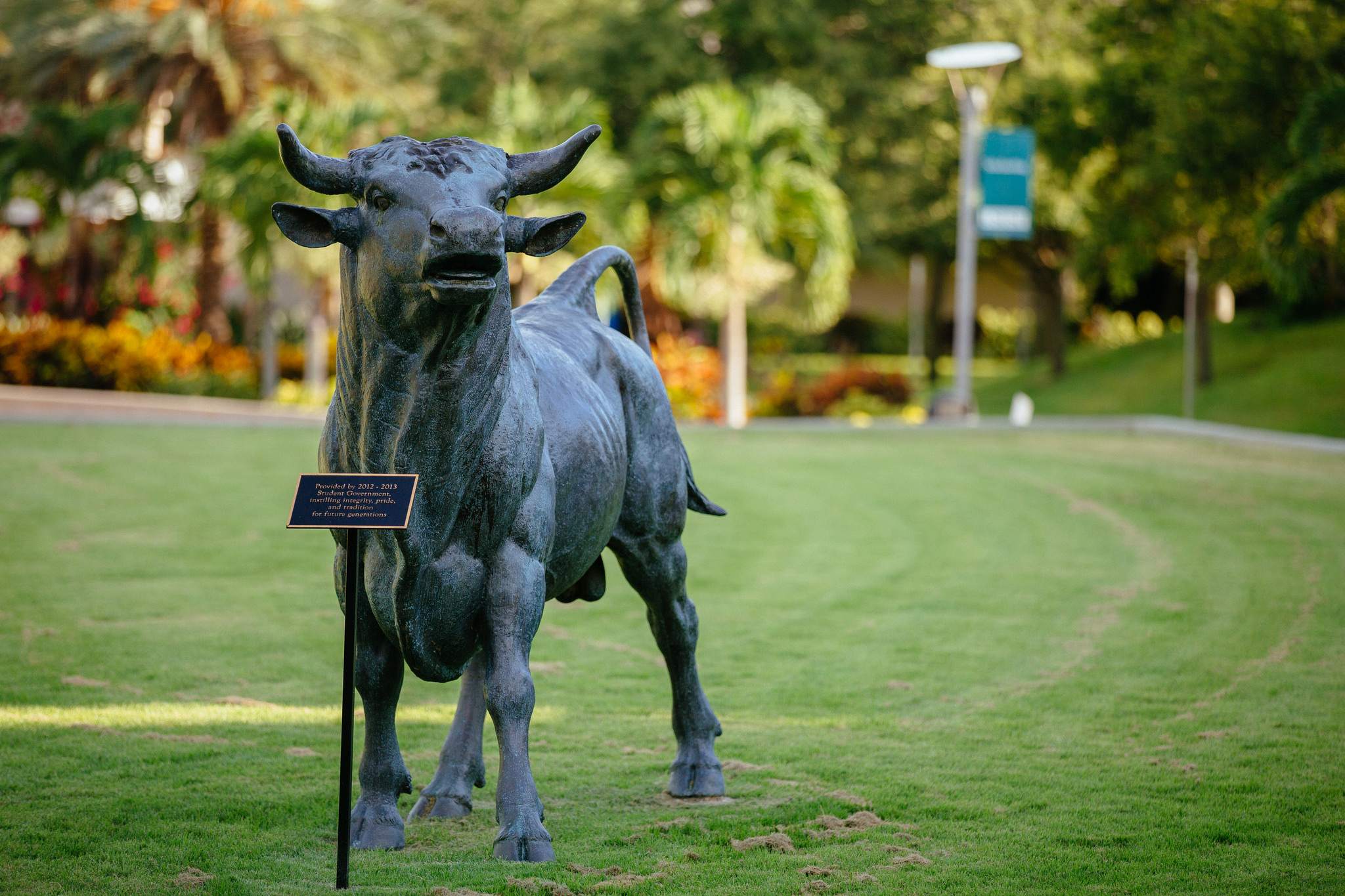
USF St. Petersburg Campus
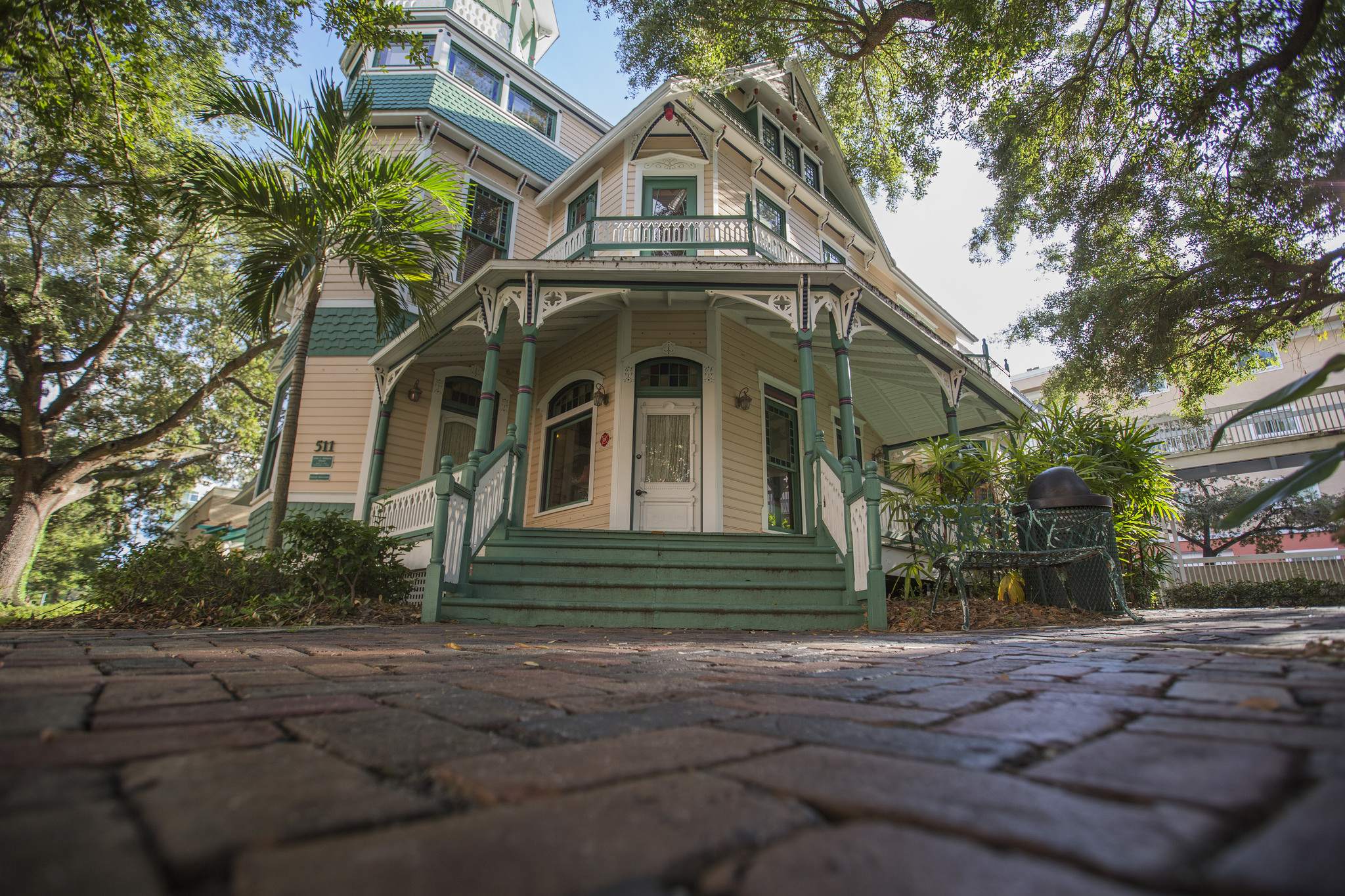
John Williams House
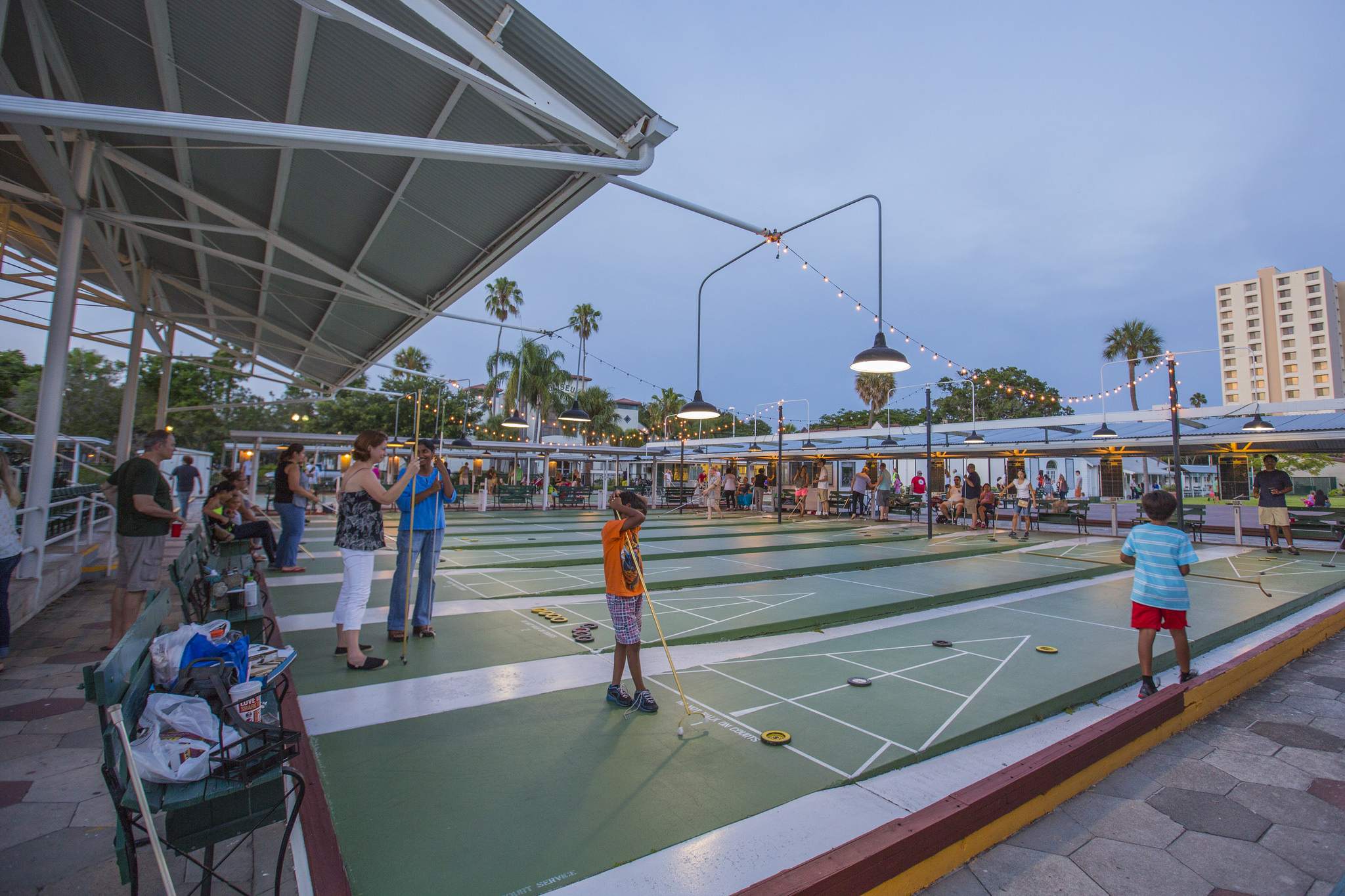
St. Petersburg Shuffleboard Court
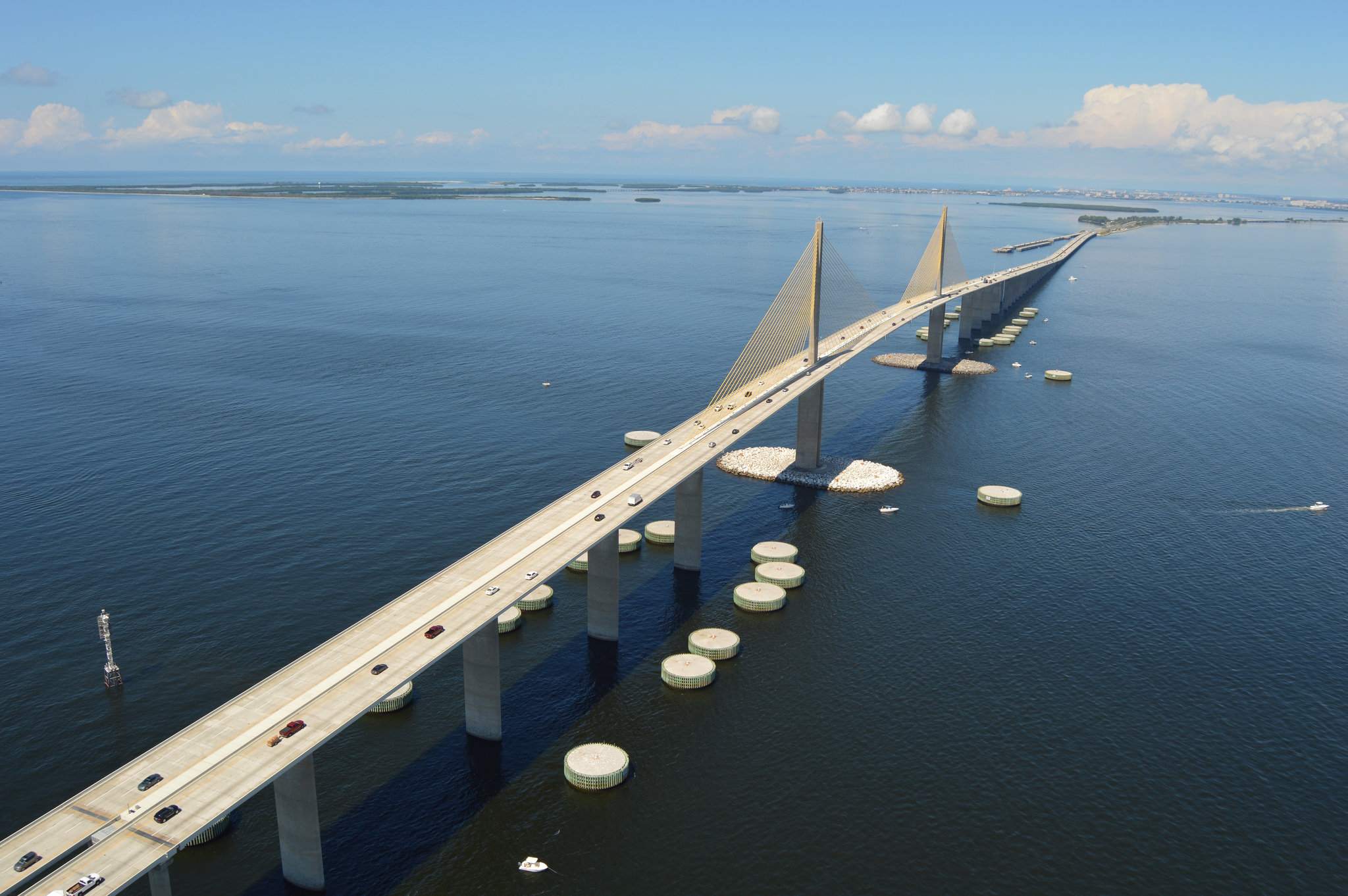
St. Petersburg, Florida Aerials: Skyway Bridge

Carillon Business Park
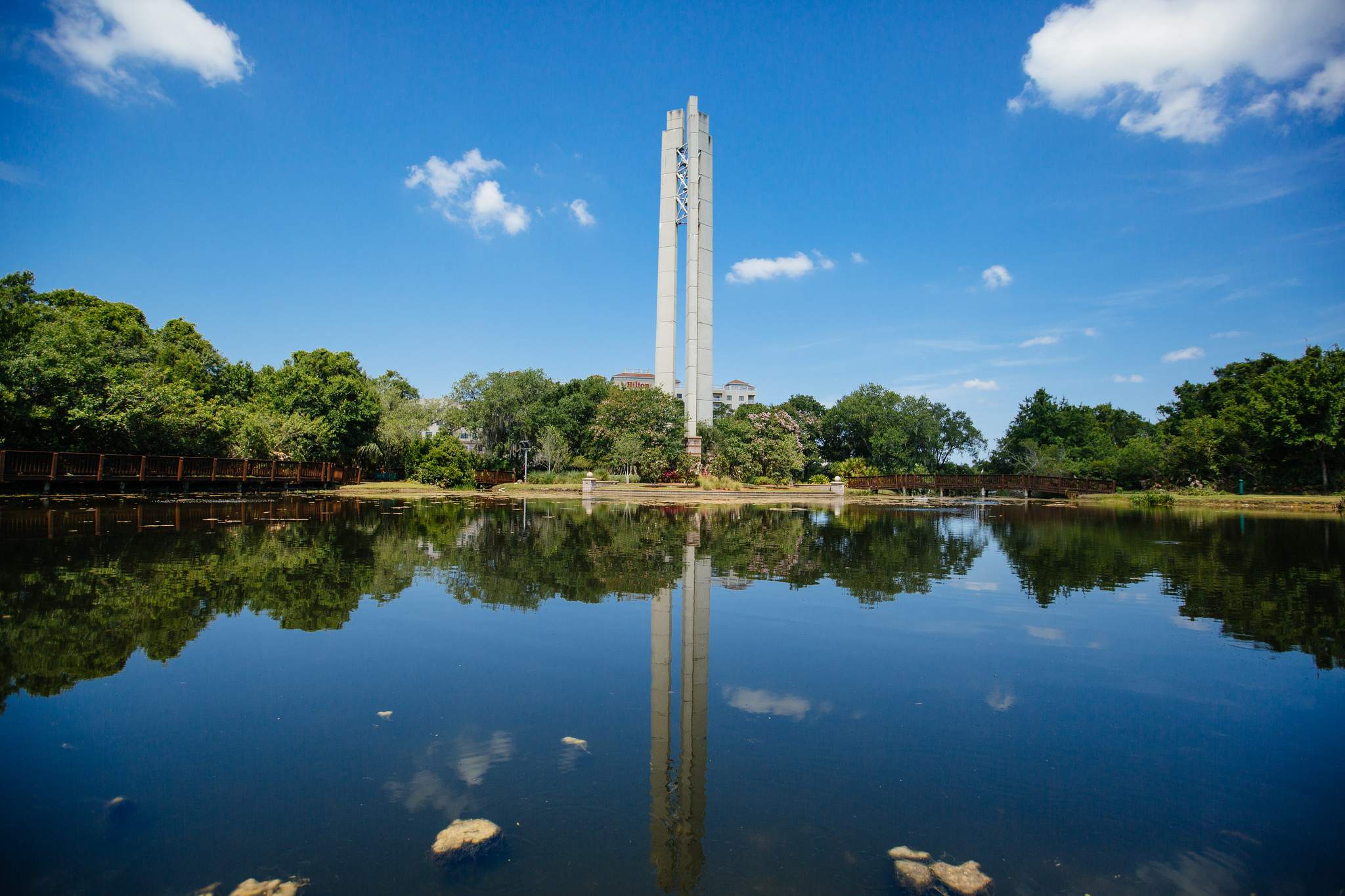
Carillon Business Park
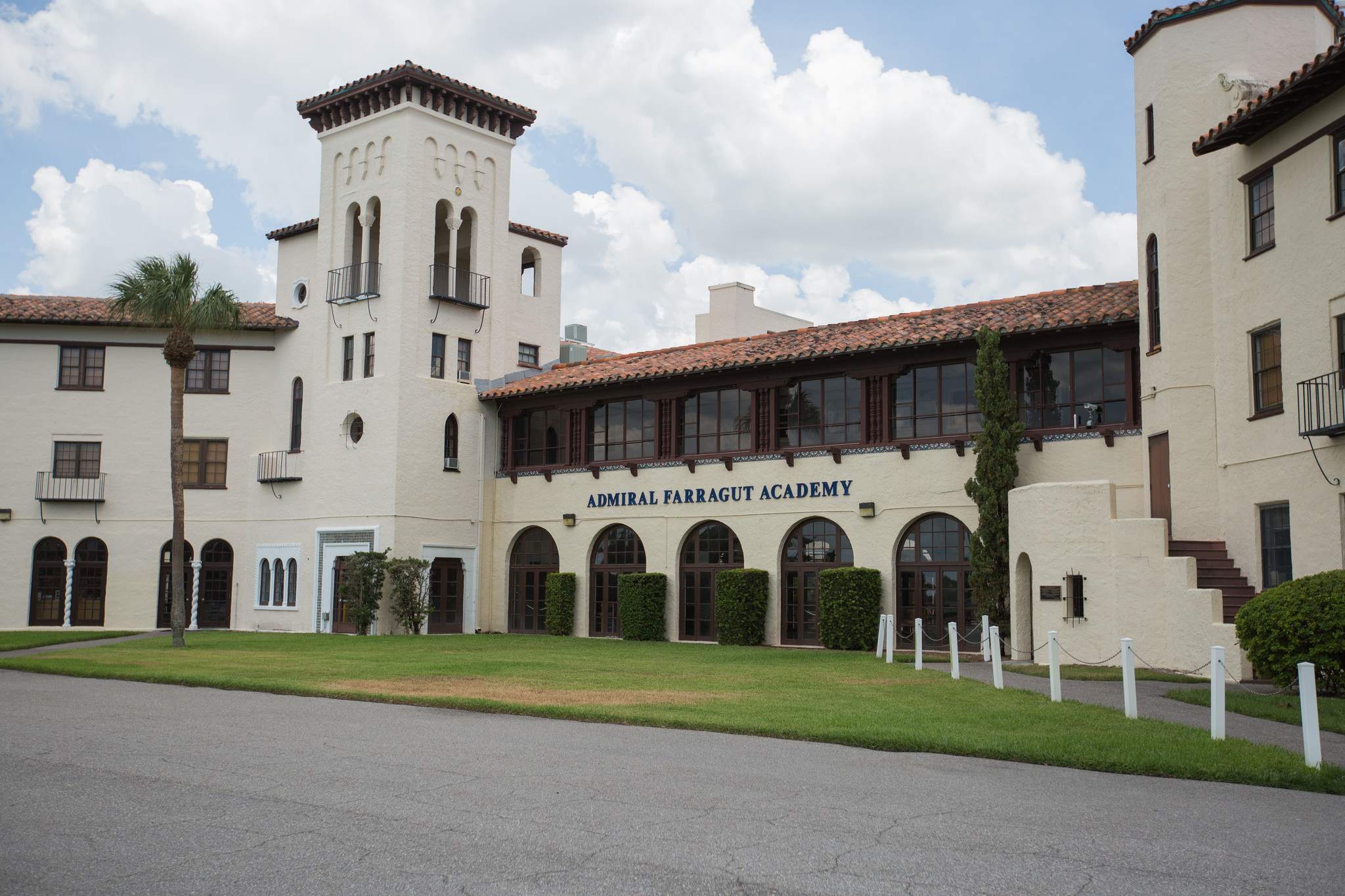
Admiral Farragut Academy in St. Petersburg, FL
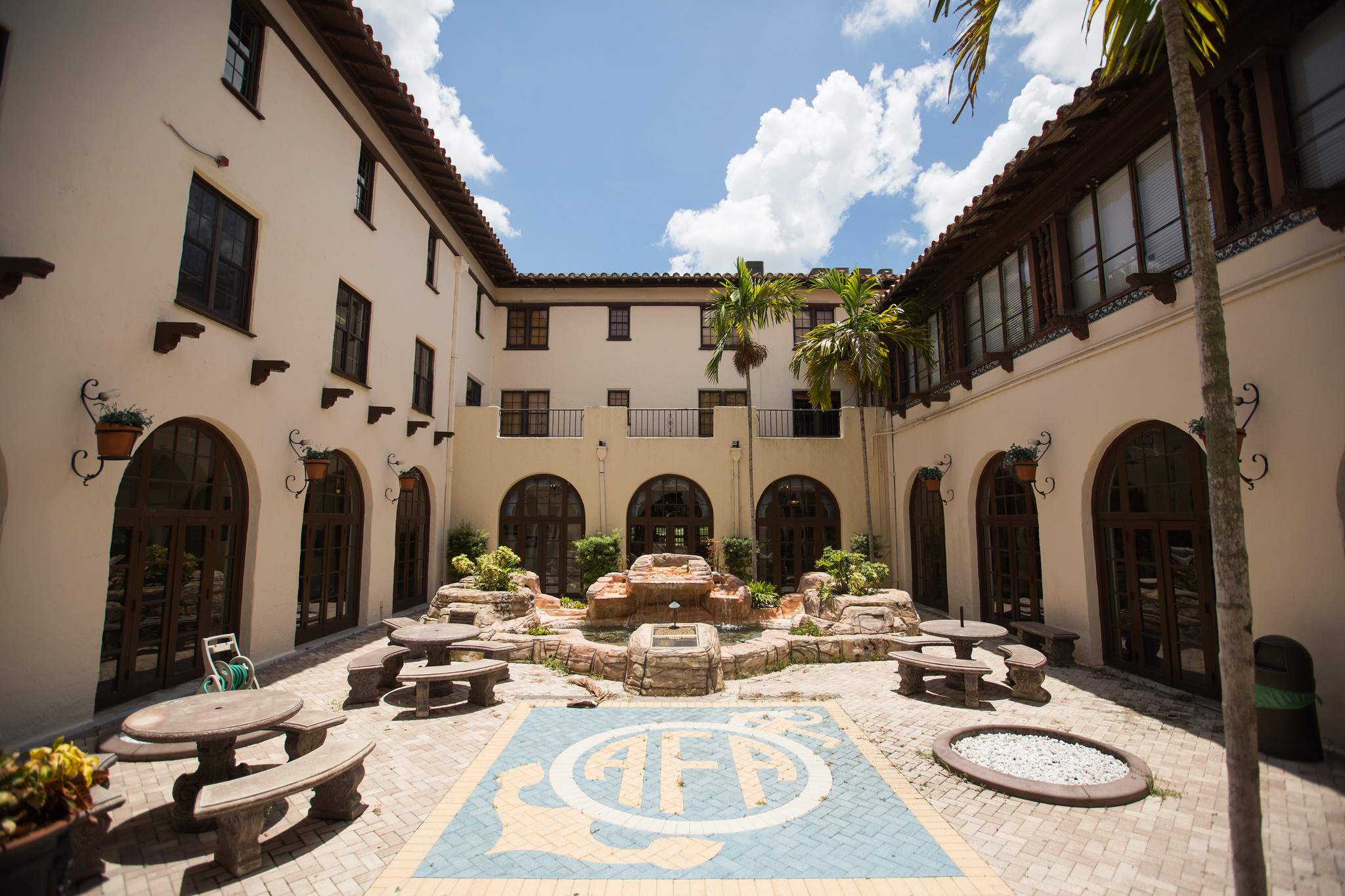
Admiral Farragut Academy in St. Petersburg, FL
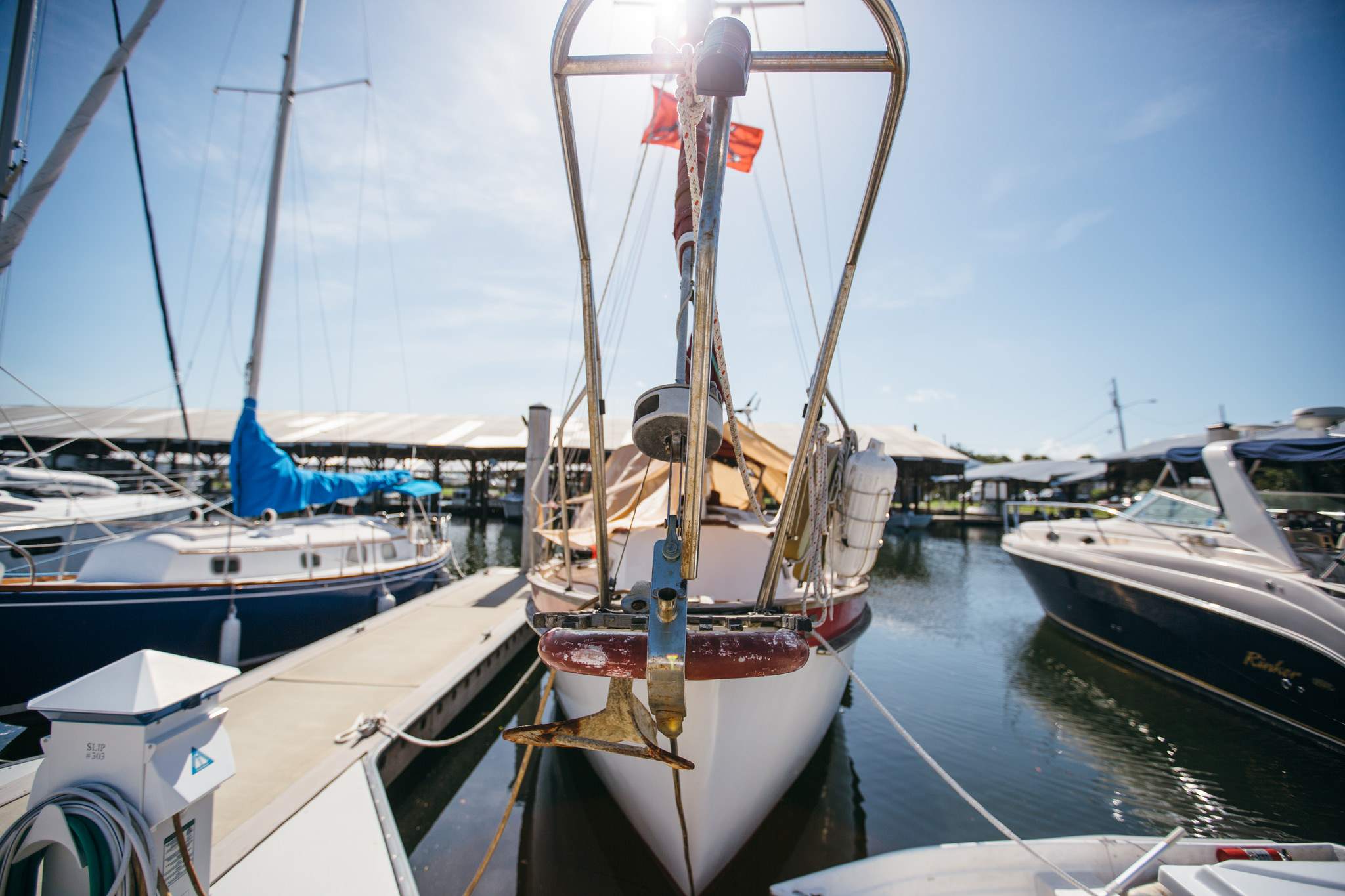
Maximo Marina in St. Petersburg Florid
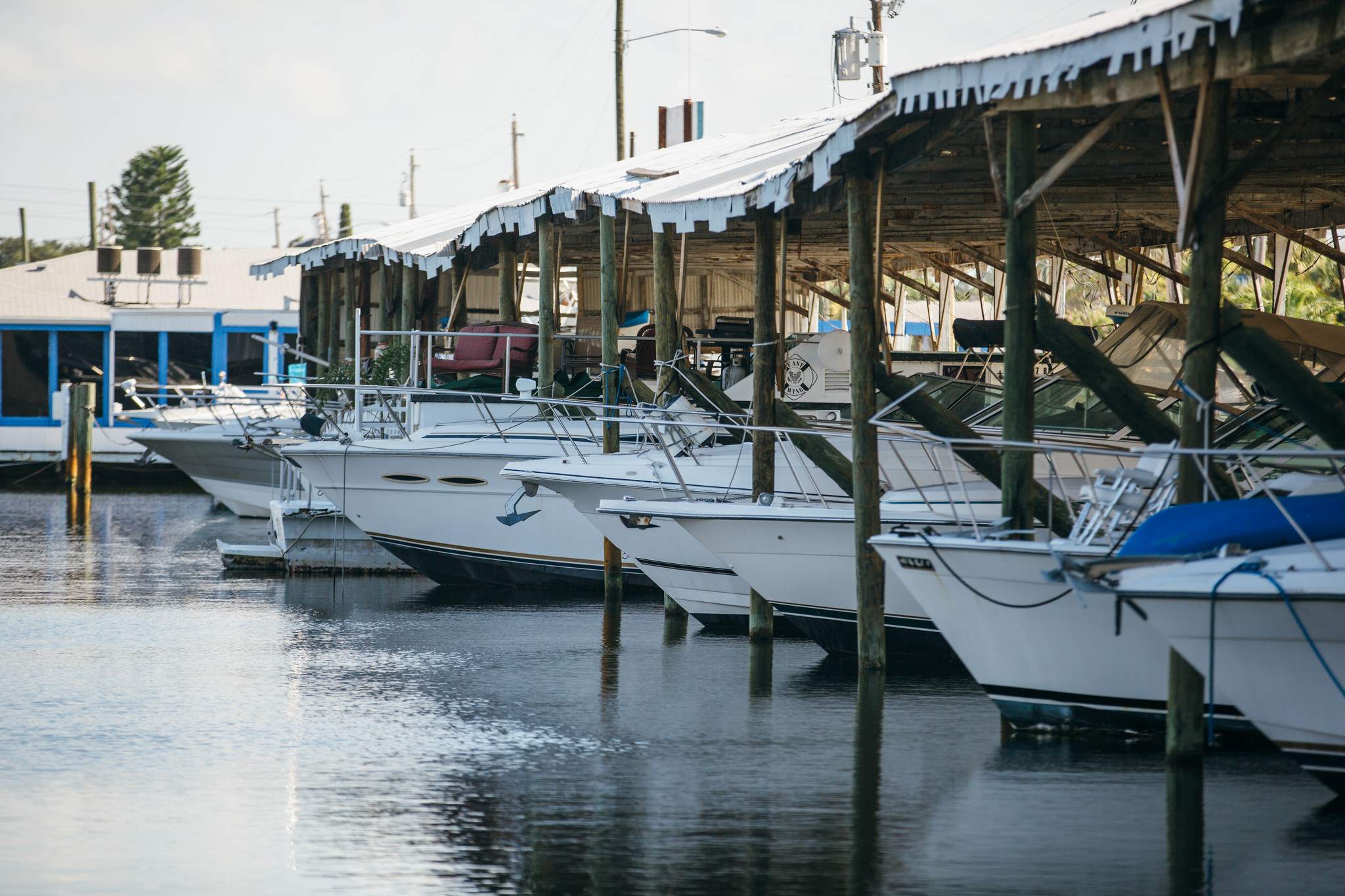
Maximo Marina in St. Petersburg Florid

Chihuly Museum
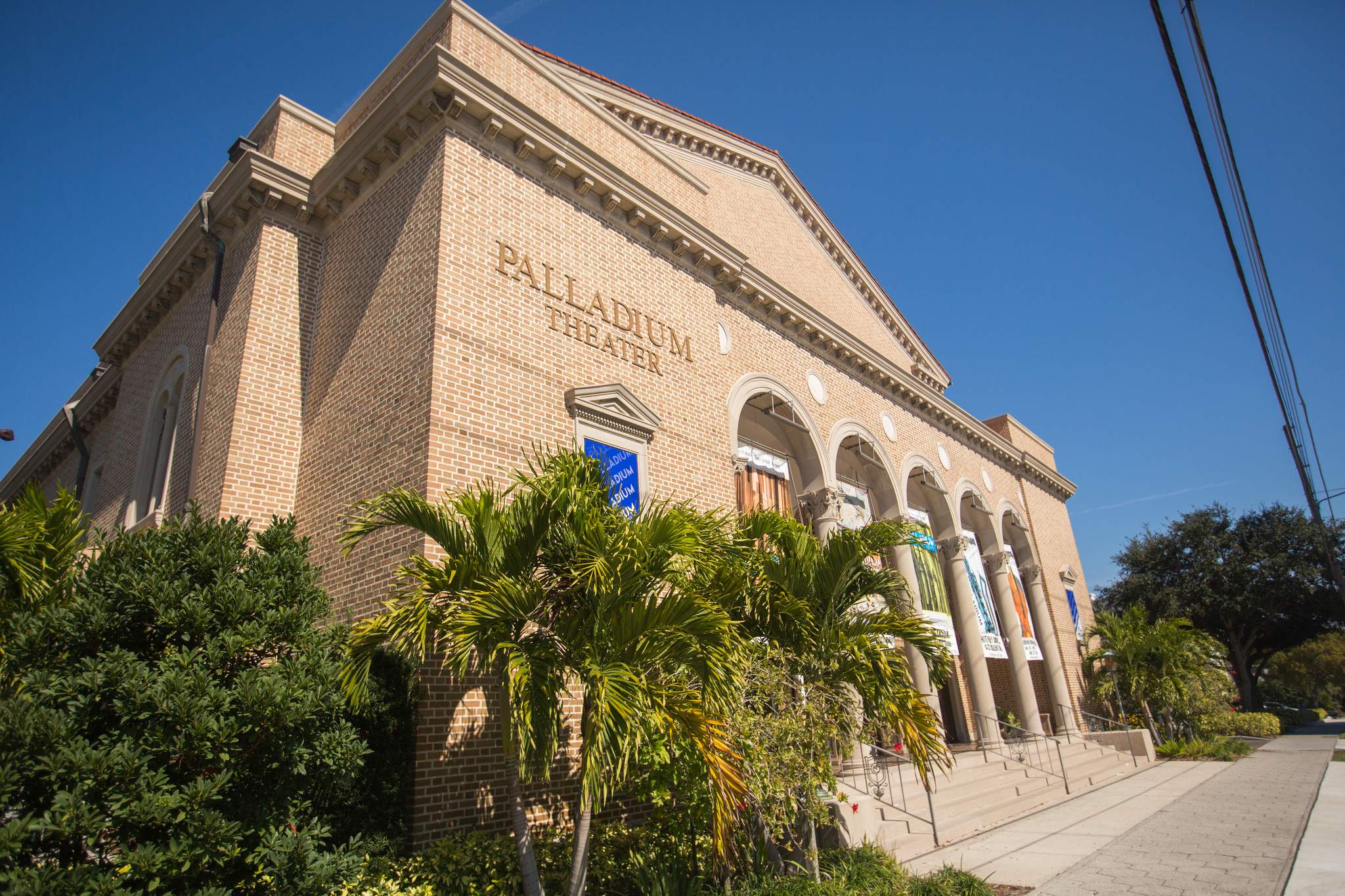
The Palladium Theater St. Petersburg, FL

St. Petersburg Greenhouse
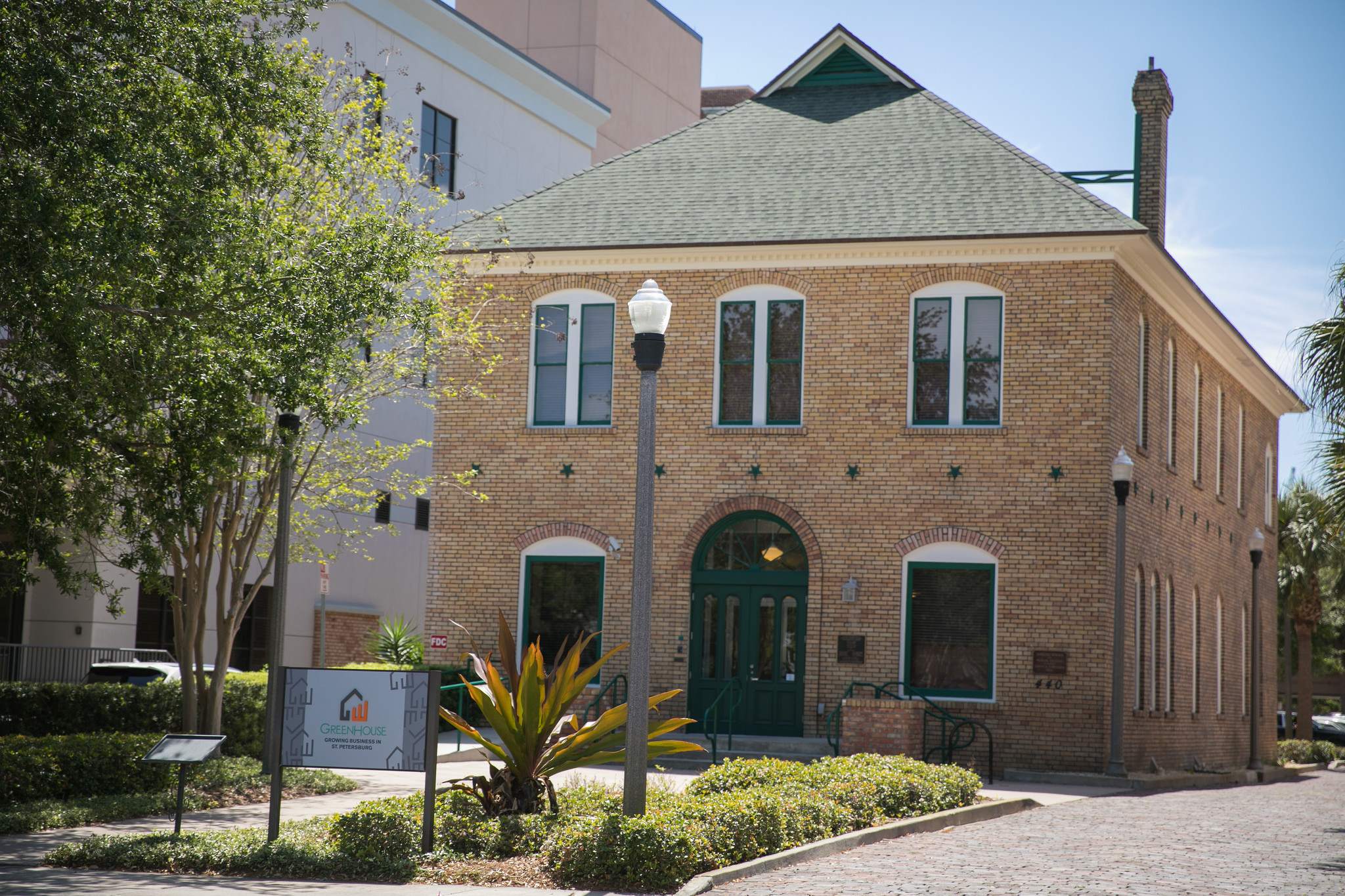
St. Petersburg Greenhouse
credit: CityofStPete
Orloj is most visited attraction in Prague. Every tourist who comes to Prague want to see changing of Apostles. The astronomical clock was constructed in 1410 by the clockmaker Mikulas of Kadan in collaboration with Jan Ondrejuv called Sindel, professor of mathematics and astronomy of Prague Charles University. The astrolabe mechanisms were built over 600 years ago and are still functional. the legendary master Hanus rebuild the clock and as legend has it, the Councillors had him blinded, so that he would not ever manage to build another instrument greater than the Orloj in Prague.
Orloj is devided into three parts:
Top: The walk of the apostle ( The Apostles come out of the windows. )
Center: The Sphere or Clock Dial ( It represents the astronomical phenomena such as sunrise and sunset, ancient Czech and present day time, movements of the Sun and the Moon and other relative celestial configurations.)
Bottom: The calendar ( Month symbols are painted by Josef Manes in 1805. The originals of these can be found on the sides of the stairway of the Prague Museum of History.)
12 Apostles:
St. Paul appears first holding a sword and a book
St. Thomas follows carrying a spear
St. Juda Tadeus holds a book in his left hand
St. Simon follows holding a saw being the patron saint of lumberjacks.
St. Bartholomew appears with a book and is the patron saint of tanners, tailors and shoemakers.
St. Barnabas comes last carrying a papyrus.
St. Peter with a key and he is the patron saint to fishermen, locksmiths and clockmakers.
St. Mathew is next with an axe and is the patron saint for builders, carpenters, blacksmiths and butchers.
St. John can be seen castigating a snake being the patron saint of printers and writers
St. Andrew with a cross
St. Philip with another cross and is the patron saint for hatters
St. Jacob with a tool for working flax being the patron saint of linen traders.
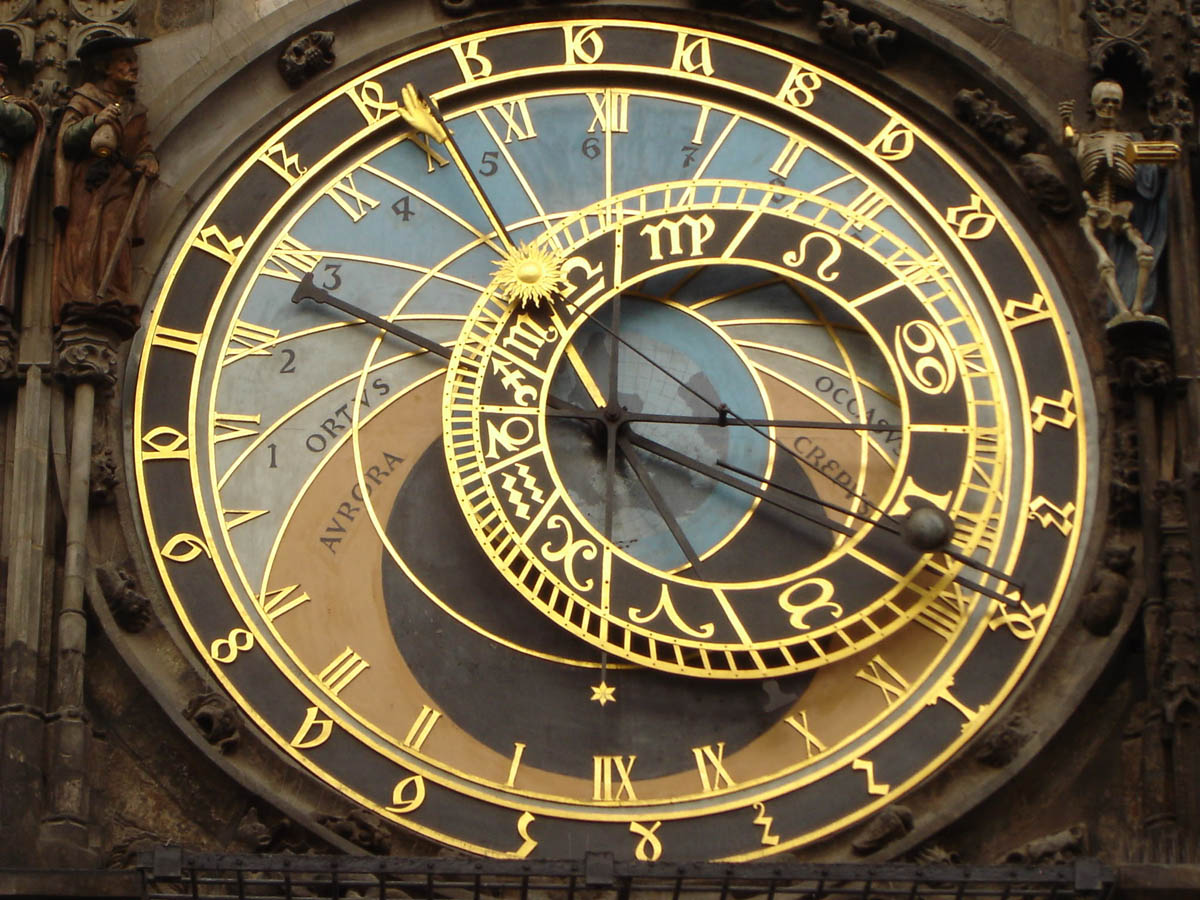
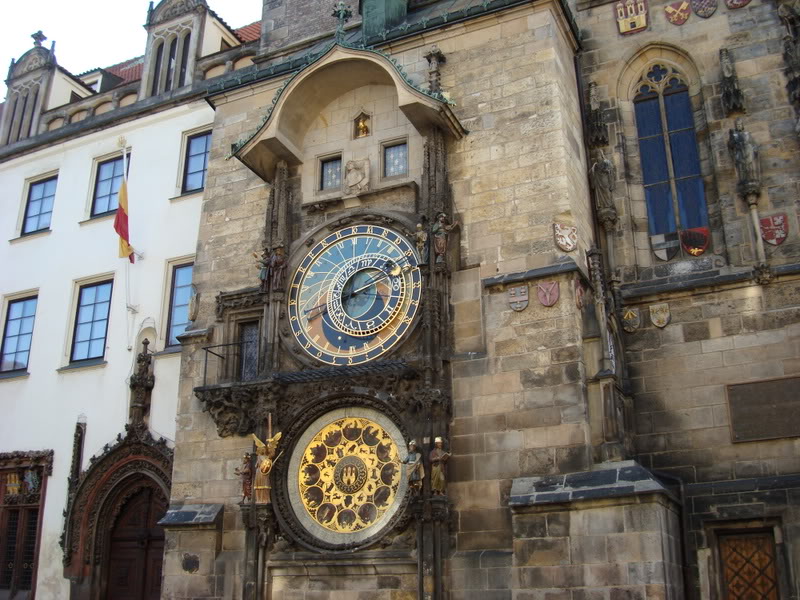
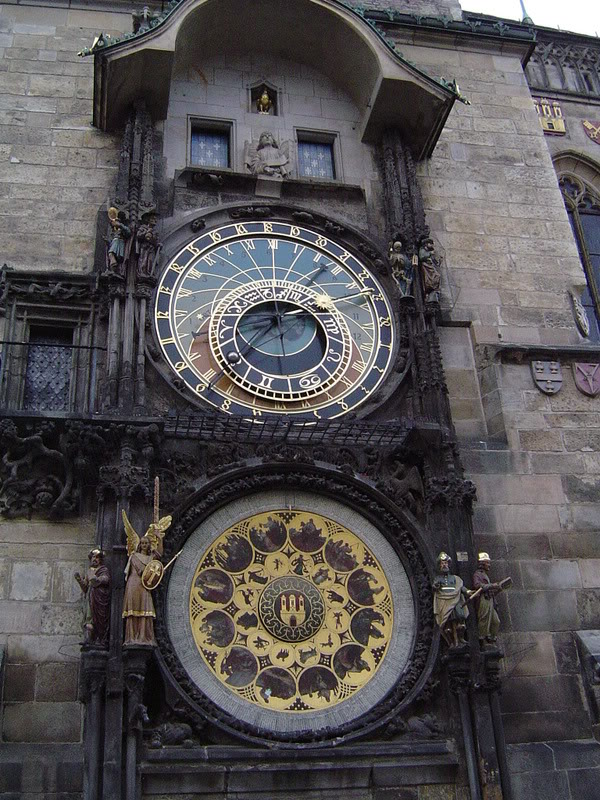
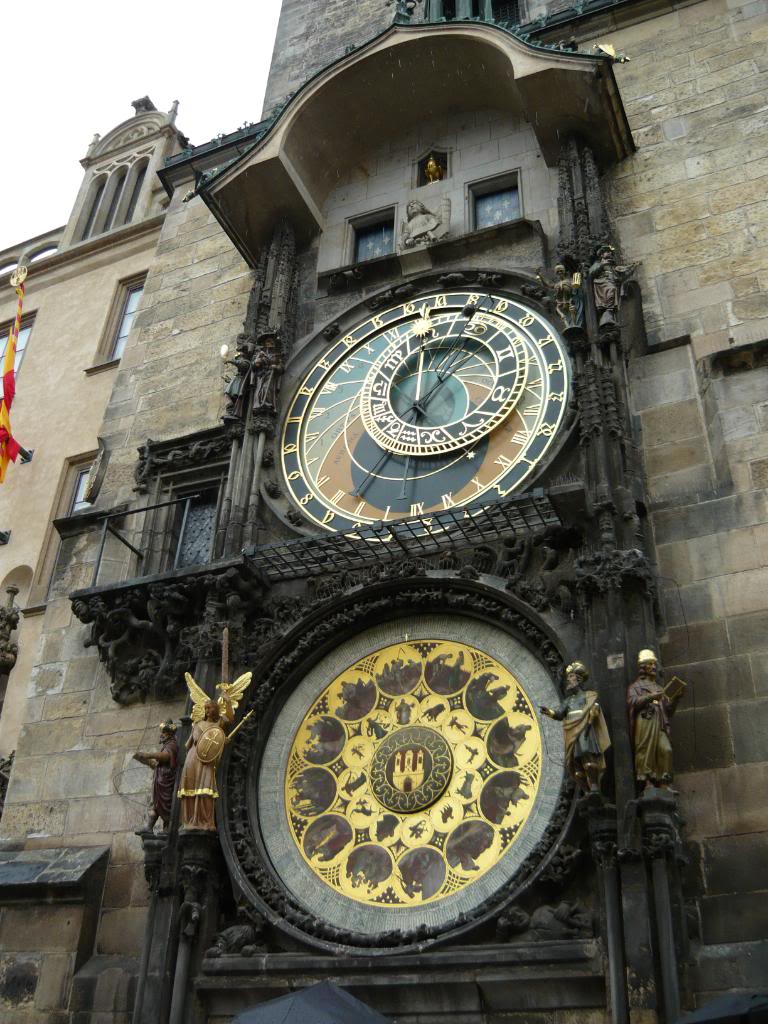
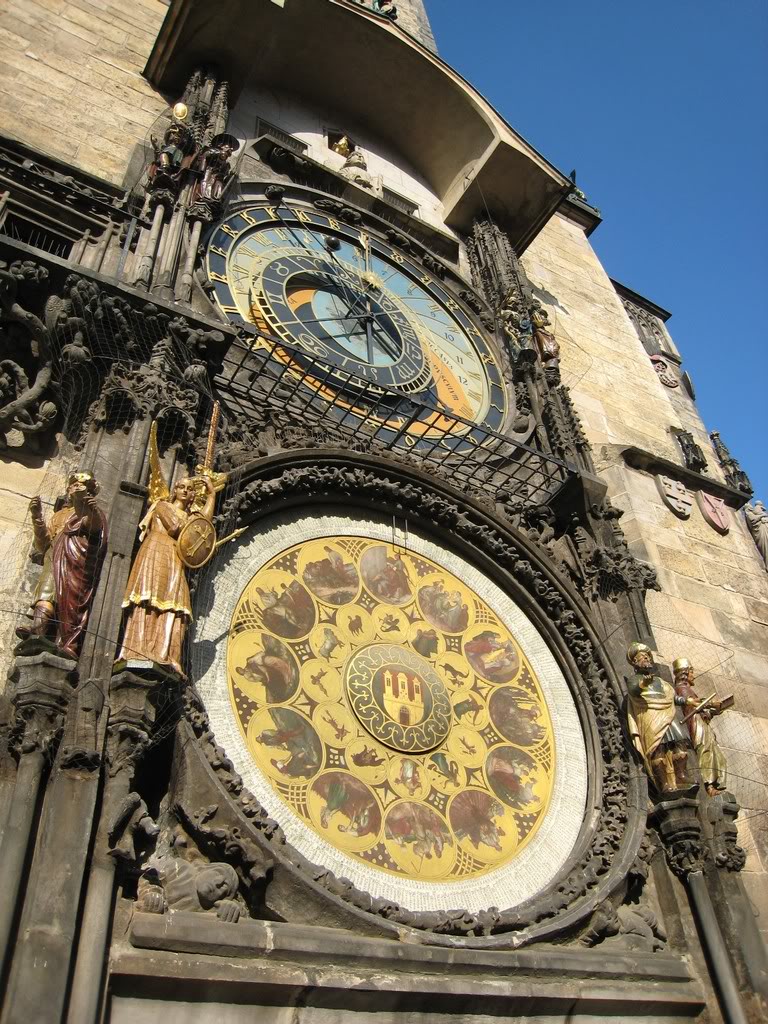
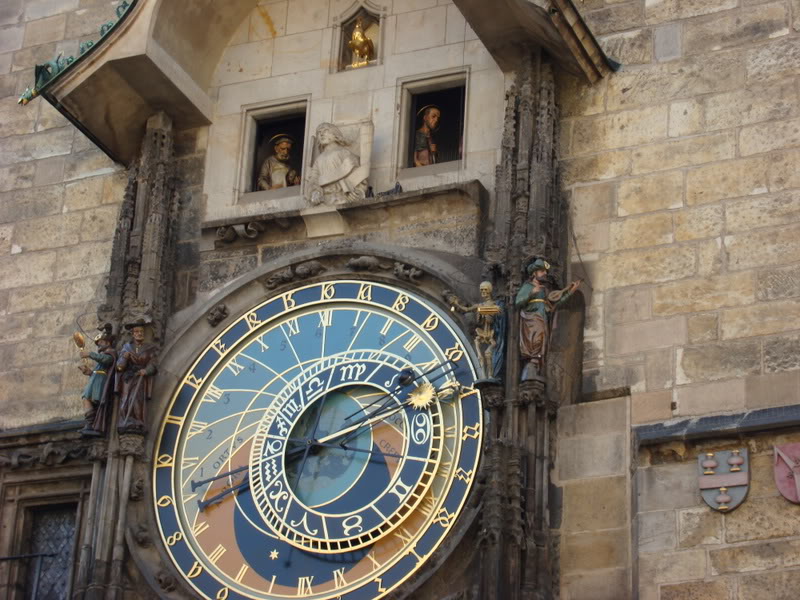
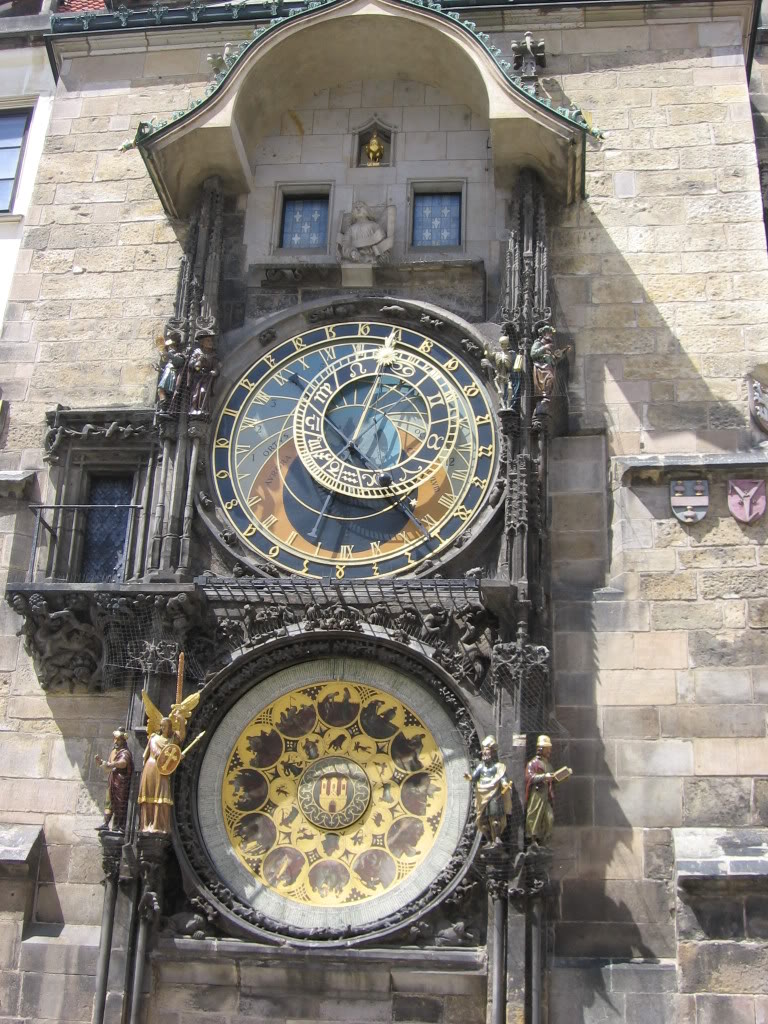
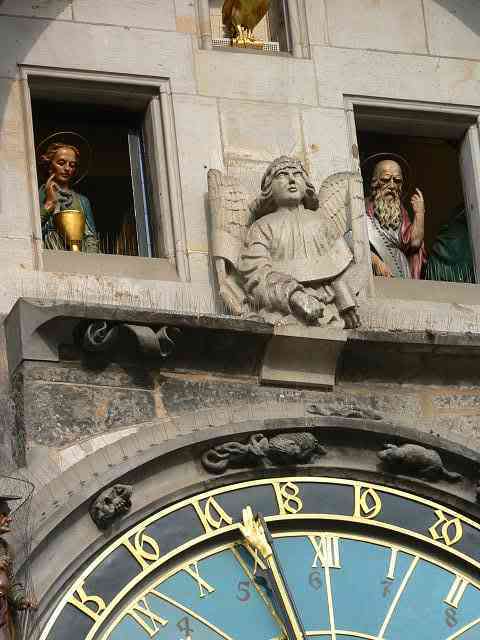
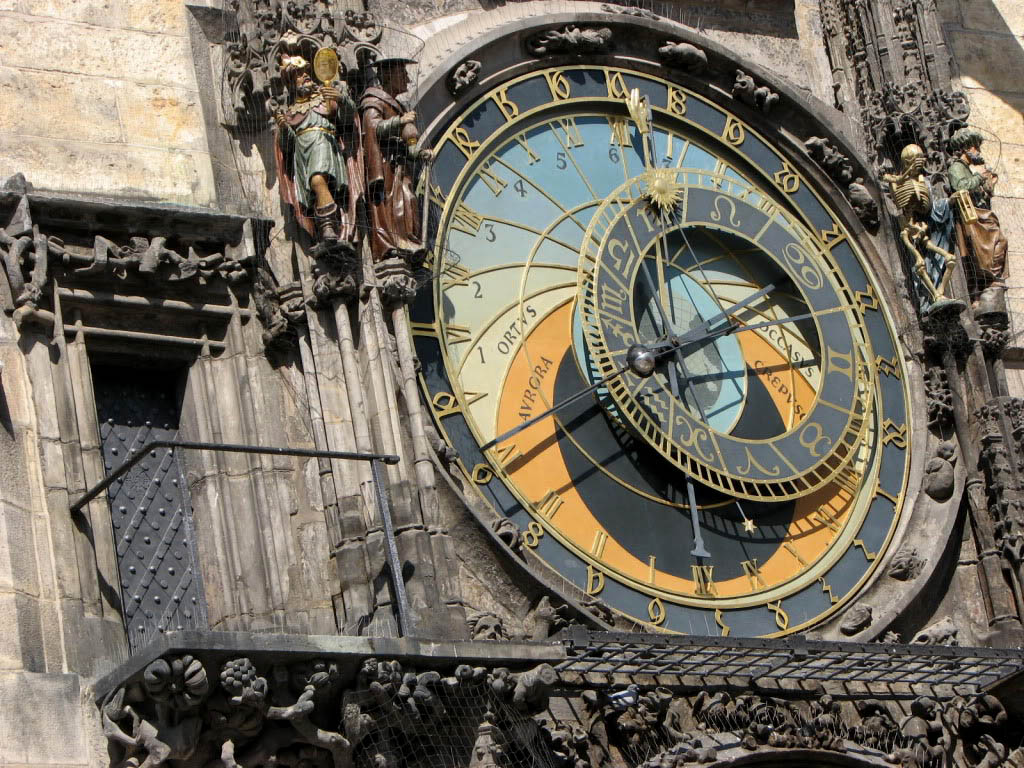

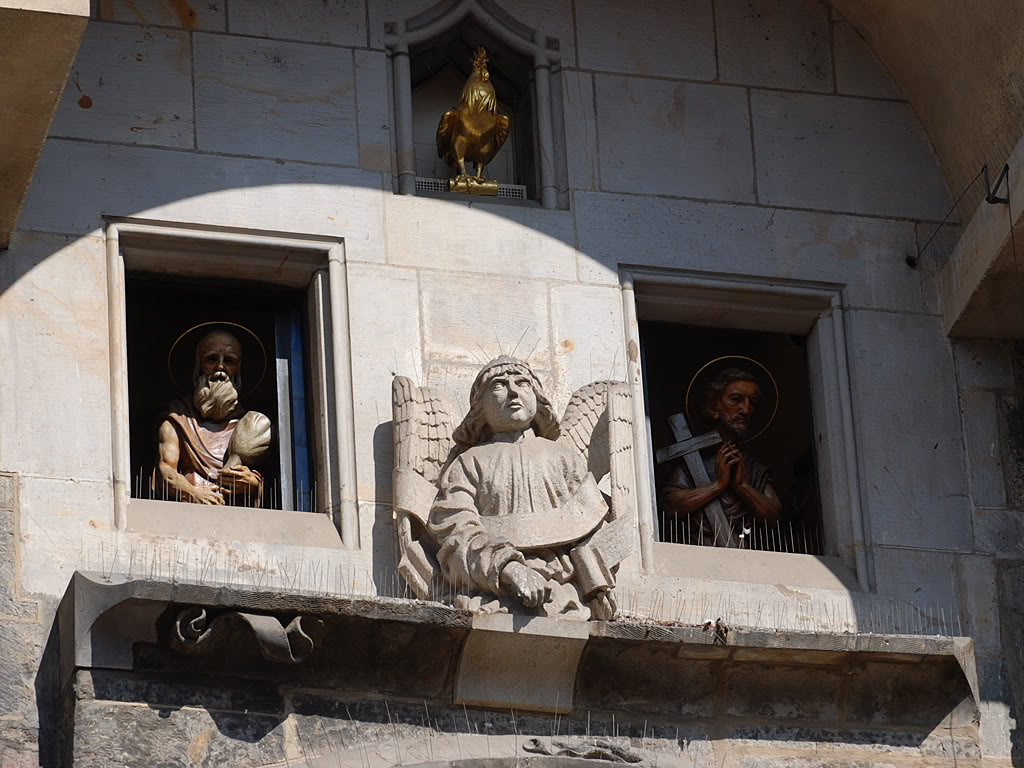
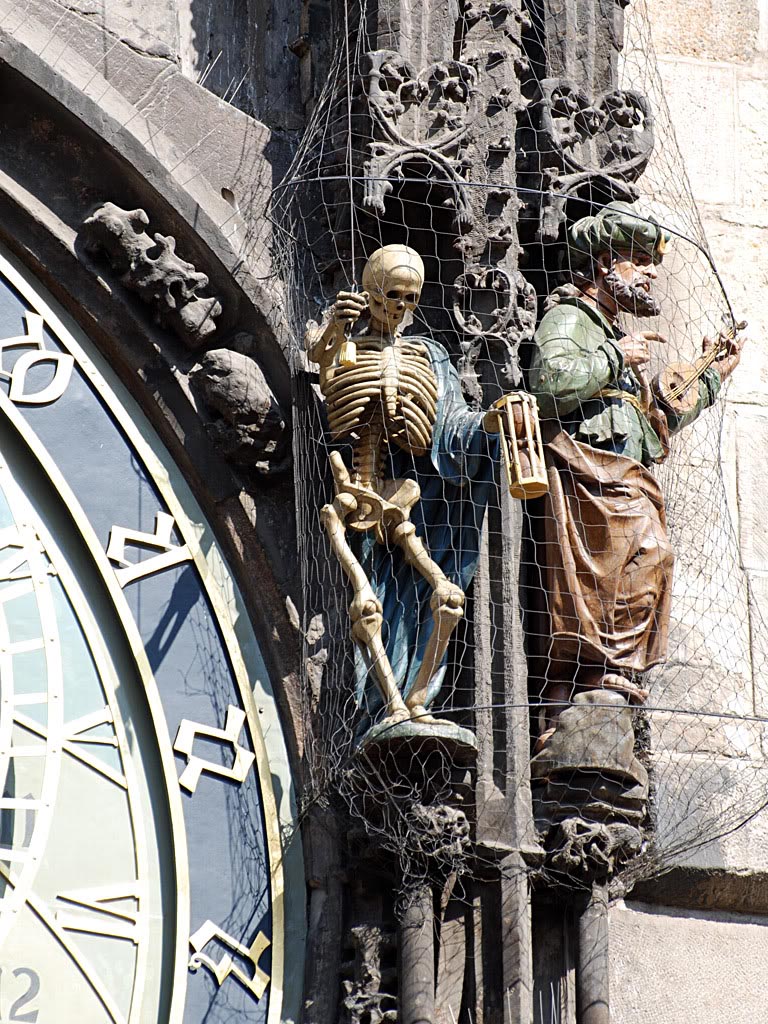
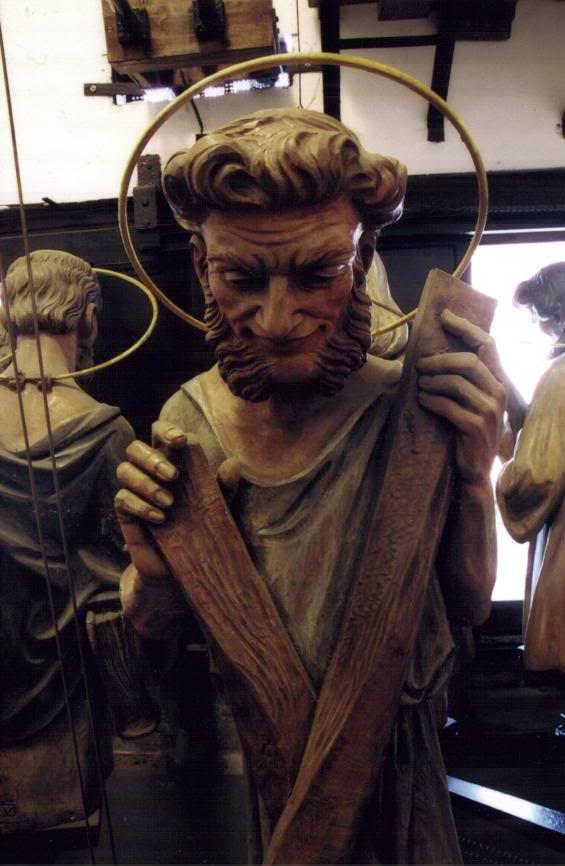
Credit: www.orloj.com


































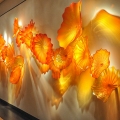 Chihuly Collection in St. Peters...
Chihuly Collection in St. Peters...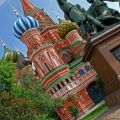 Colorful Saint Basils Cathedral ...
Colorful Saint Basils Cathedral ...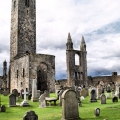 Saint Andrews Cathedral Ruins &#...
Saint Andrews Cathedral Ruins &#...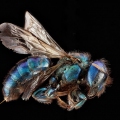 Macro Photography – Flying...
Macro Photography – Flying...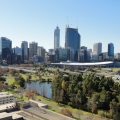 Perth, Australia – 5 Inter...
Perth, Australia – 5 Inter... Orloj – Astronomical Clock...
Orloj – Astronomical Clock...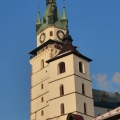 Historical City Castle of Kremni...
Historical City Castle of Kremni...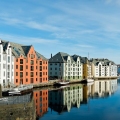 Alesund – The Most Beautif...
Alesund – The Most Beautif...













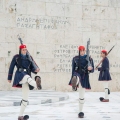 The Changing of Guards in Athens
The Changing of Guards in Athens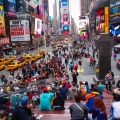 Times Square – Most Visite...
Times Square – Most Visite...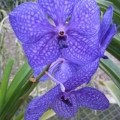 Tour of Orchid World Barbados
Tour of Orchid World Barbados VLA – Giant Astronomical R...
VLA – Giant Astronomical R...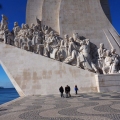 Top Tourist Attractions in Lisbo...
Top Tourist Attractions in Lisbo... Really Girlish Car
Really Girlish Car The Nigerian Hyena Men – D...
The Nigerian Hyena Men – D... Shirtless Channing Tatum Comes i...
Shirtless Channing Tatum Comes i...


